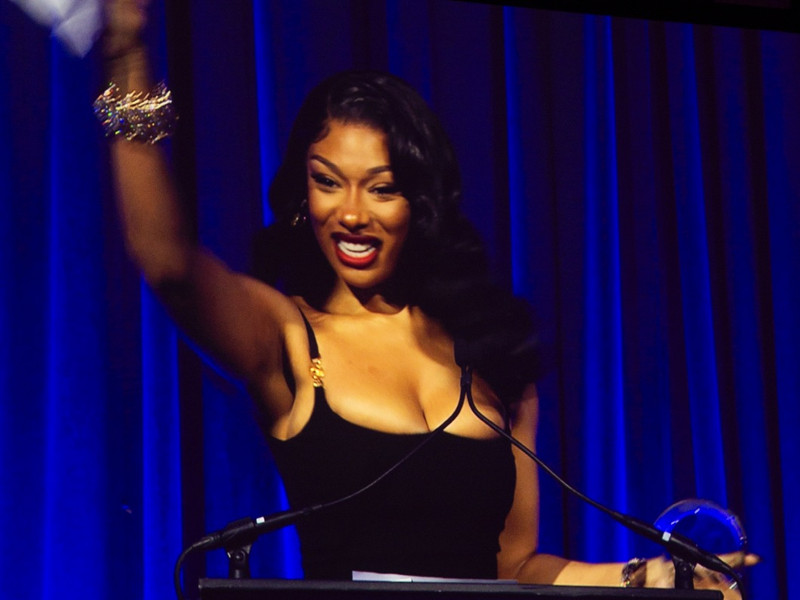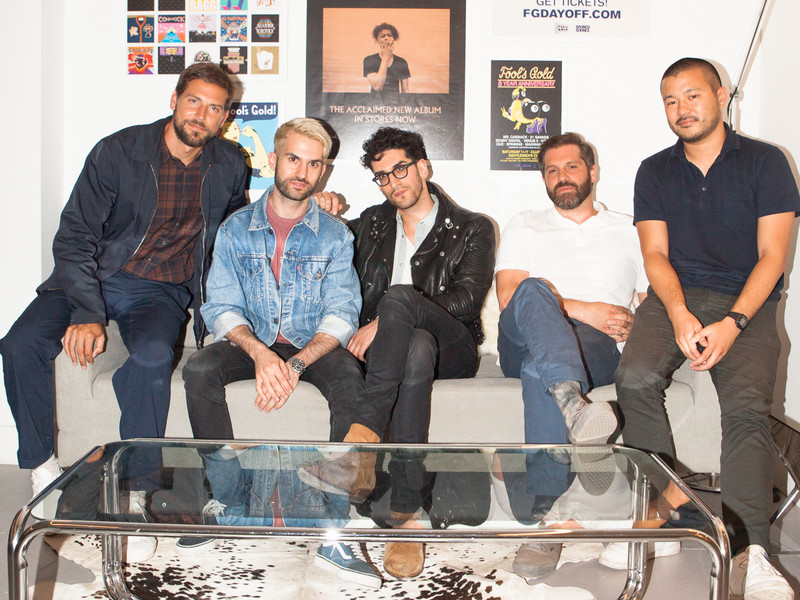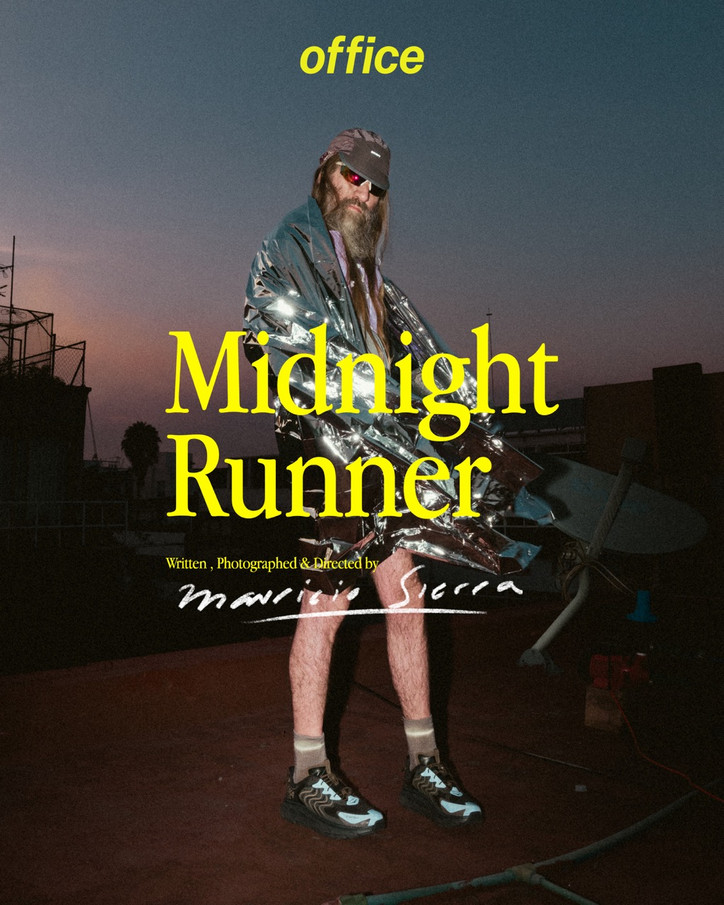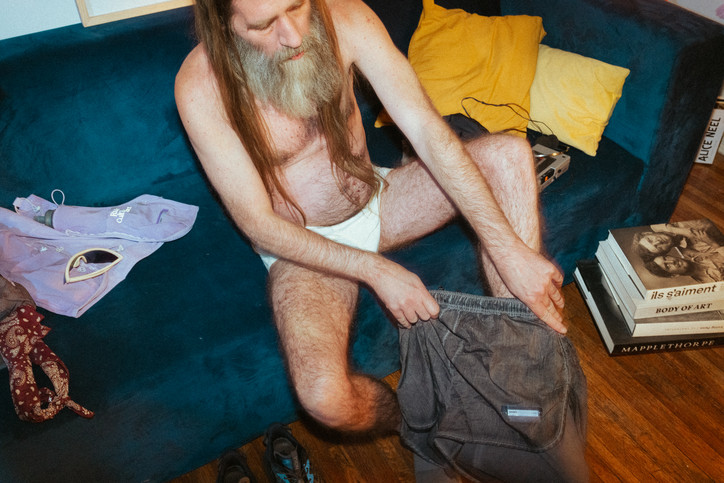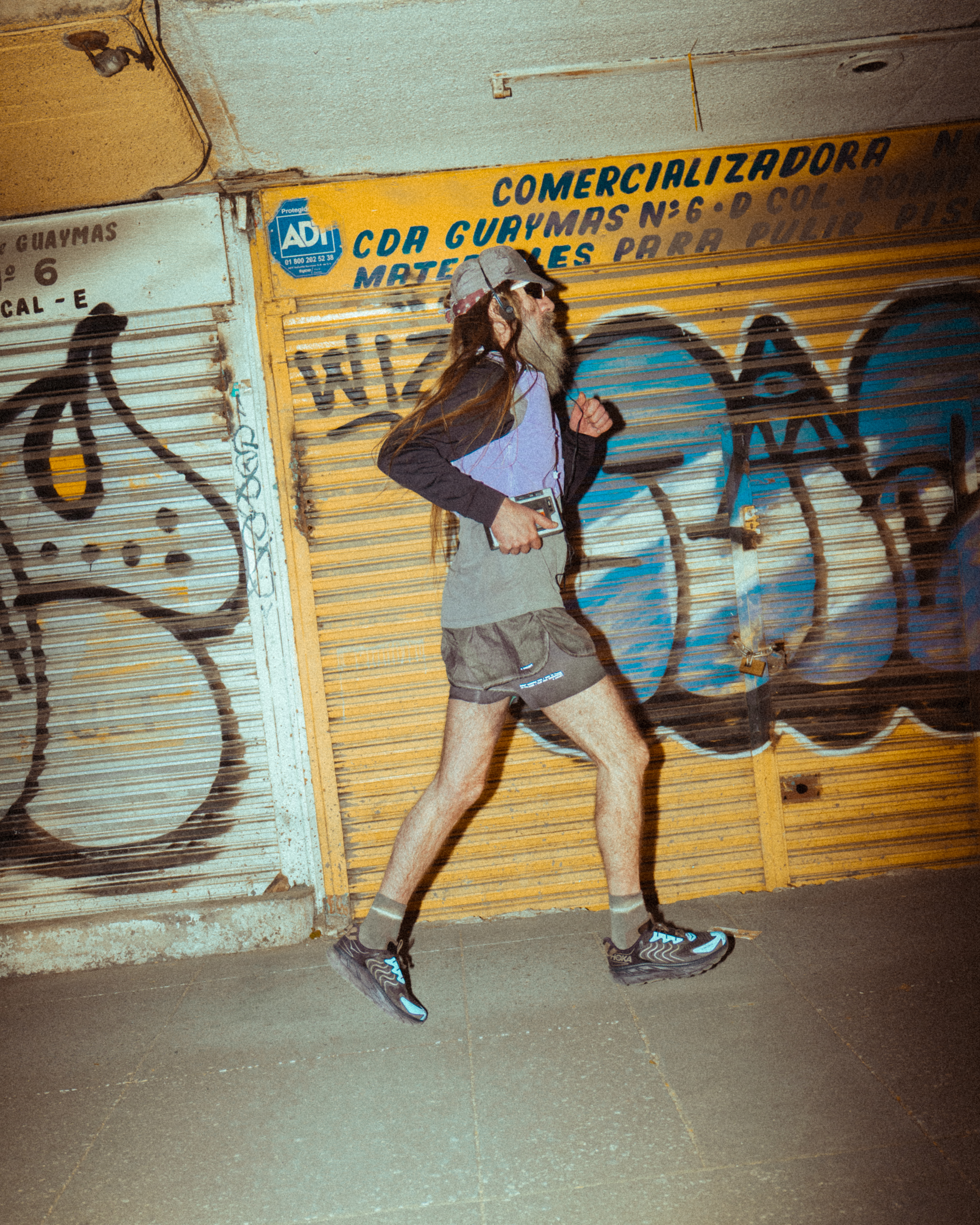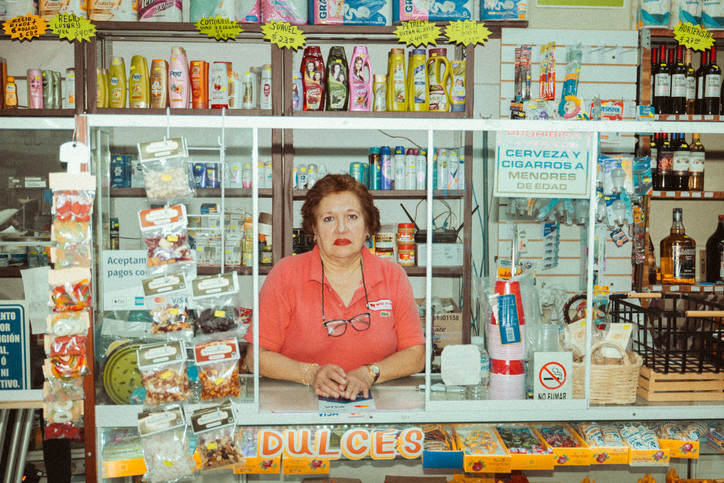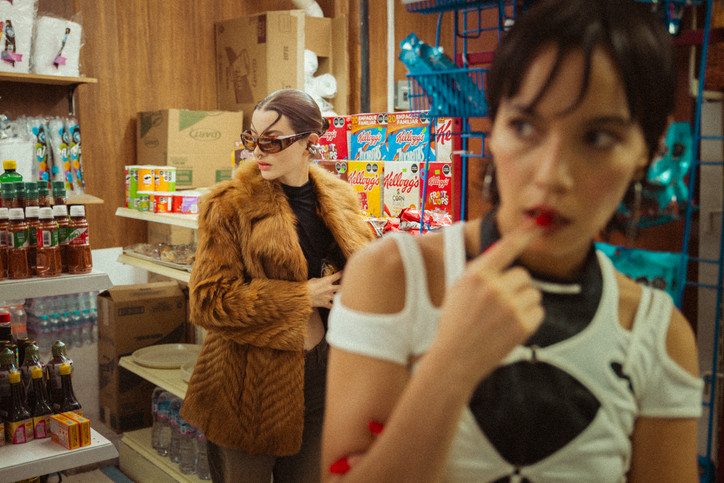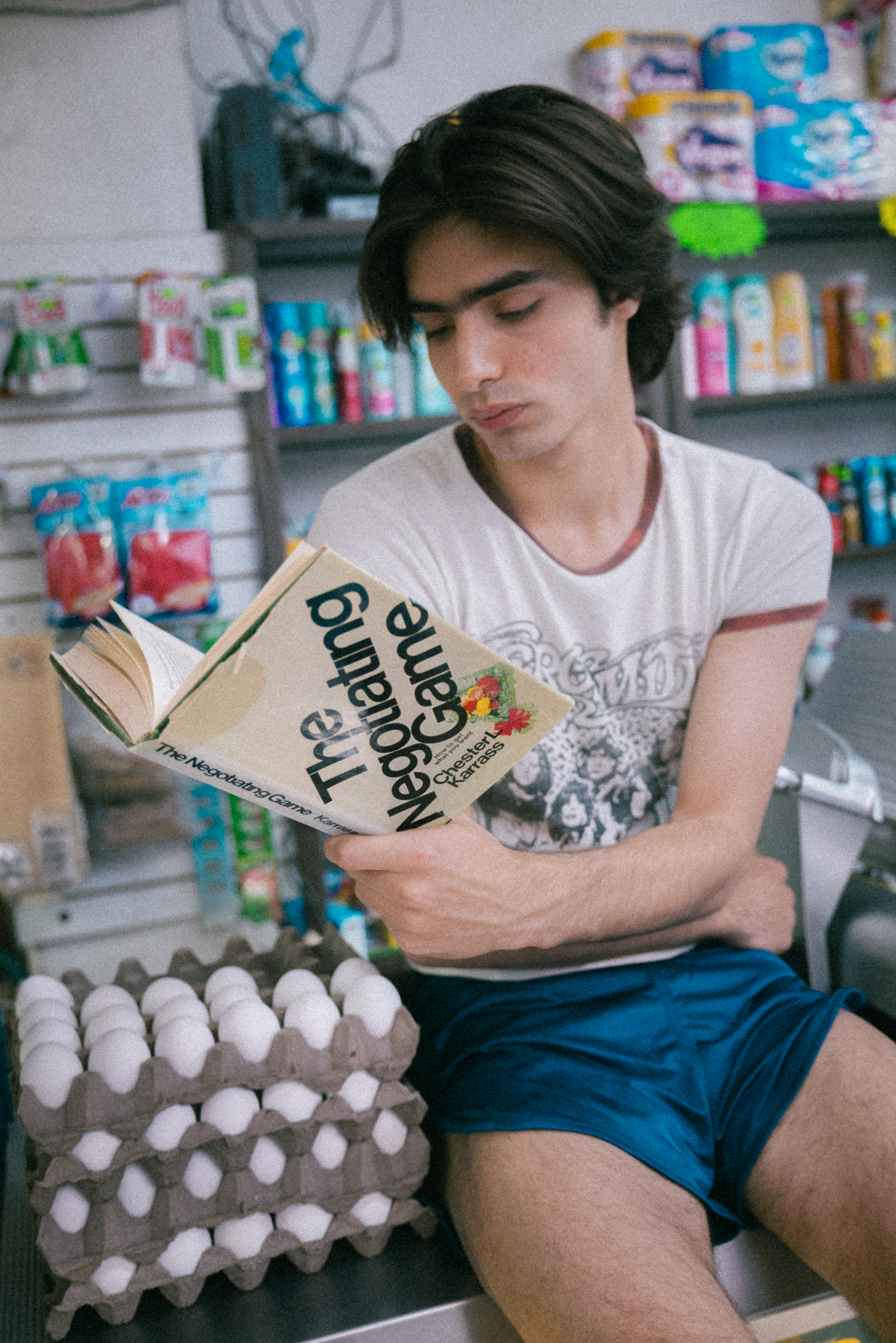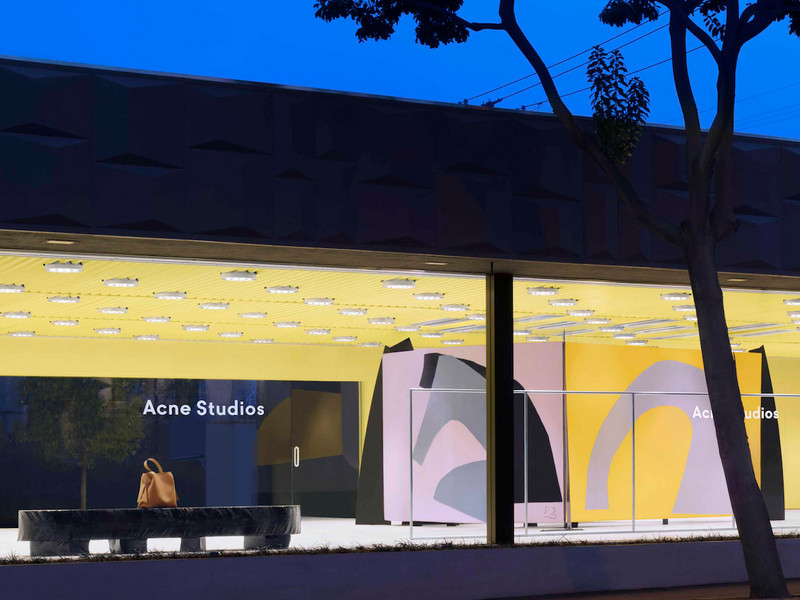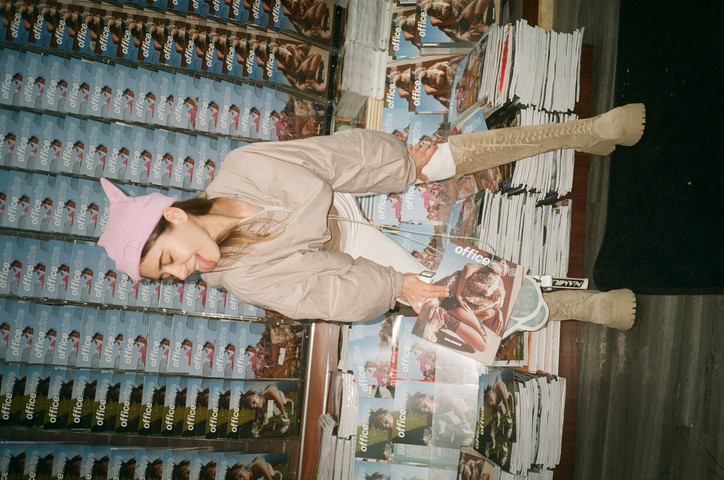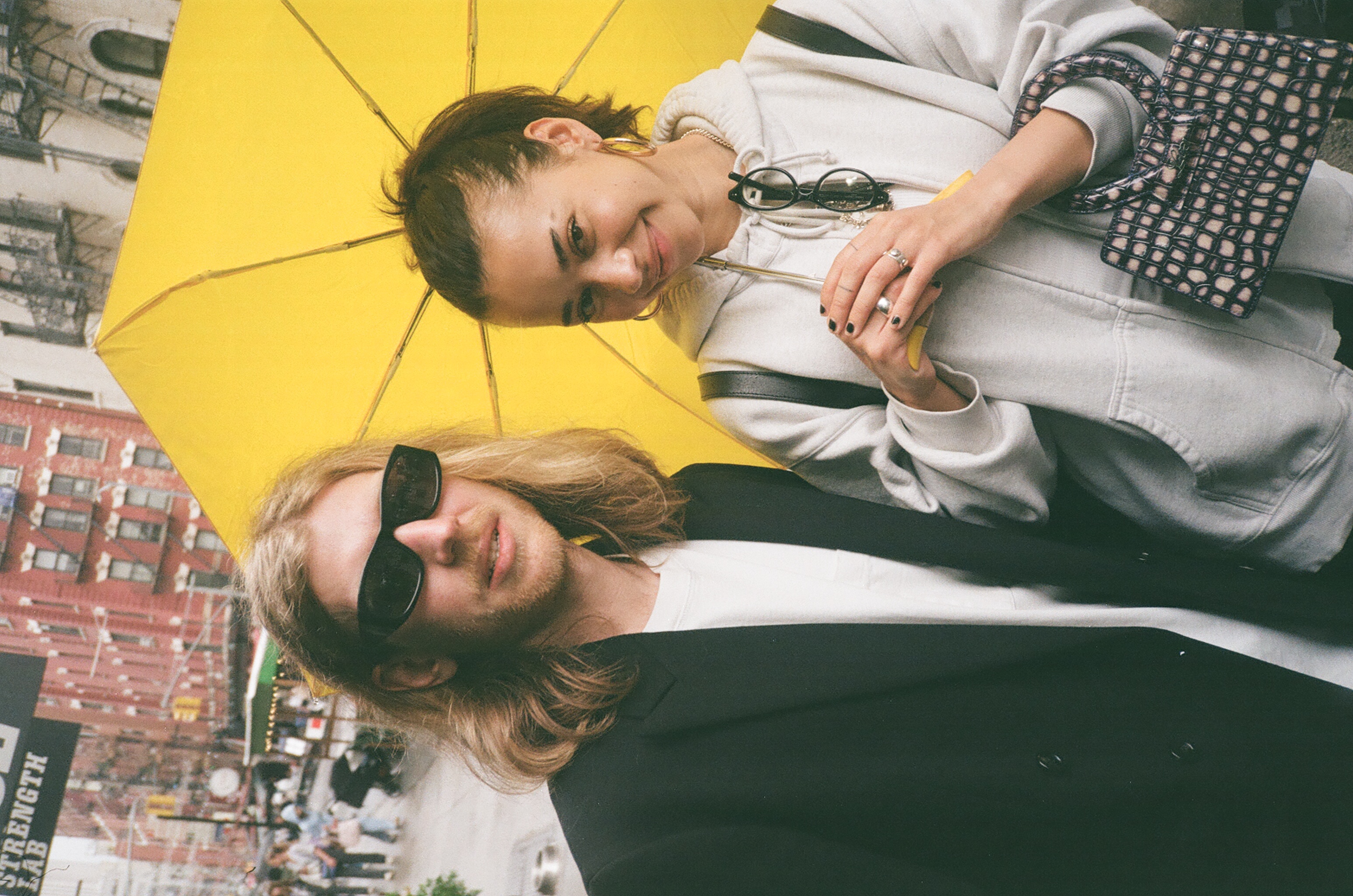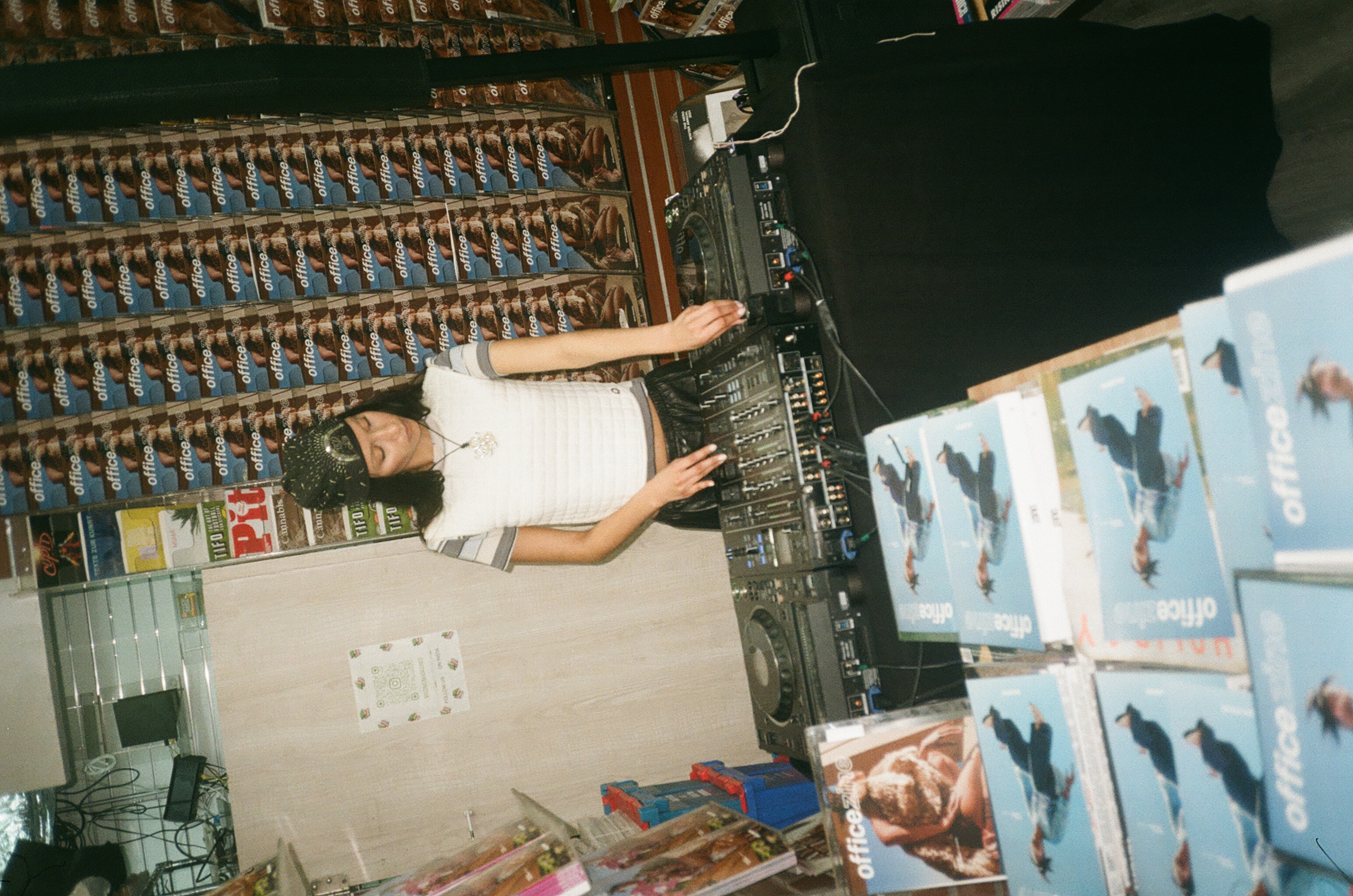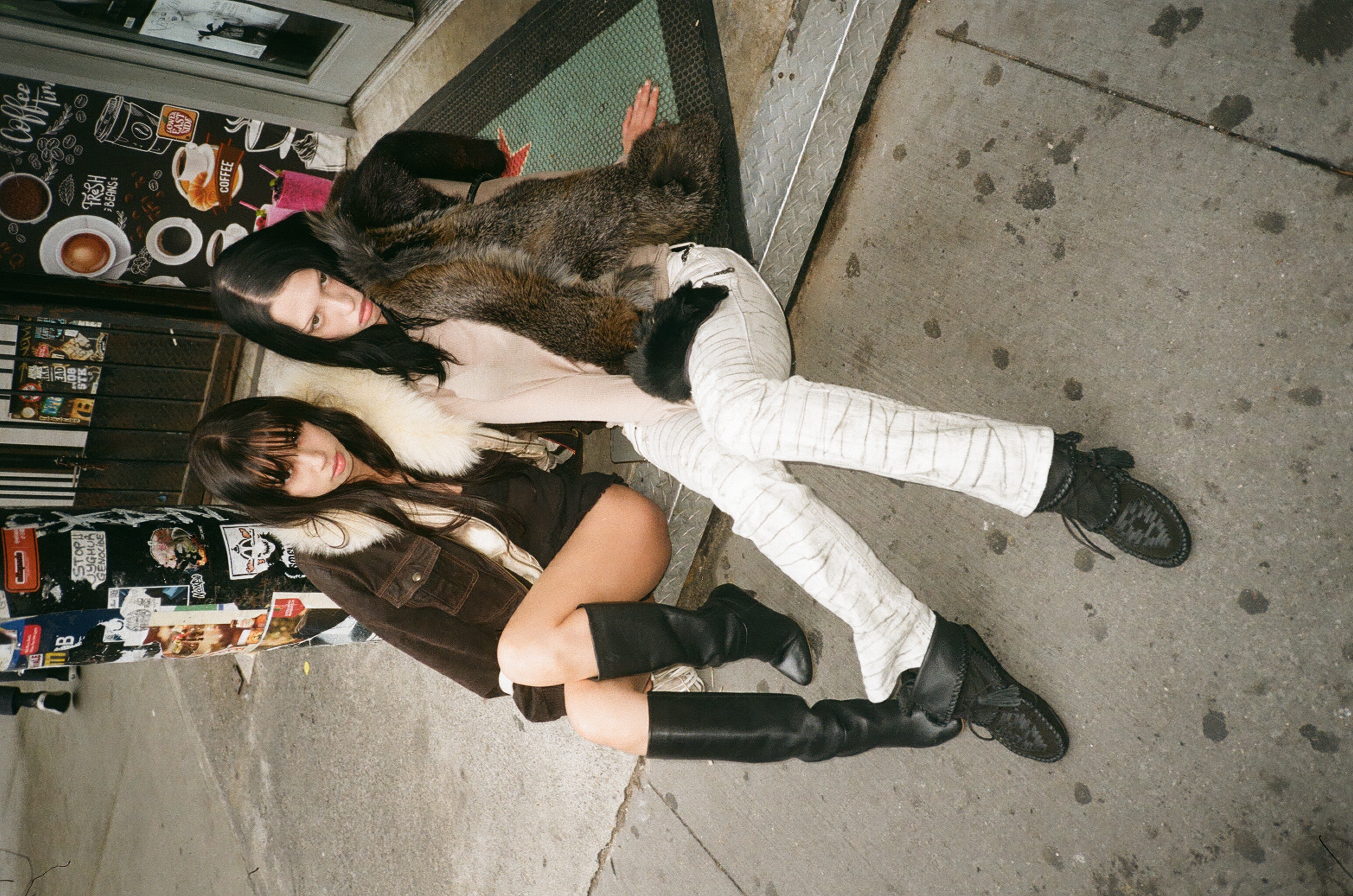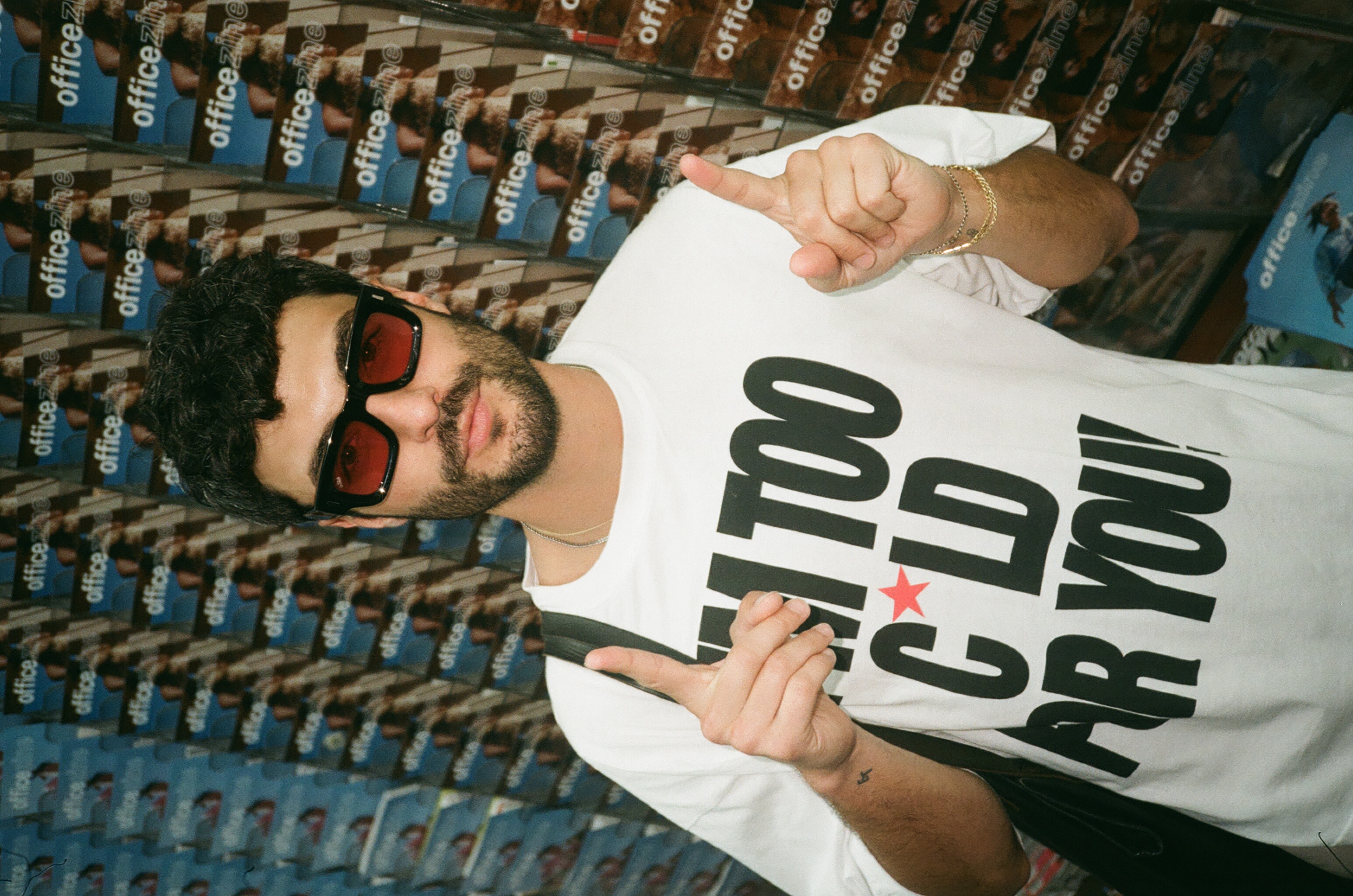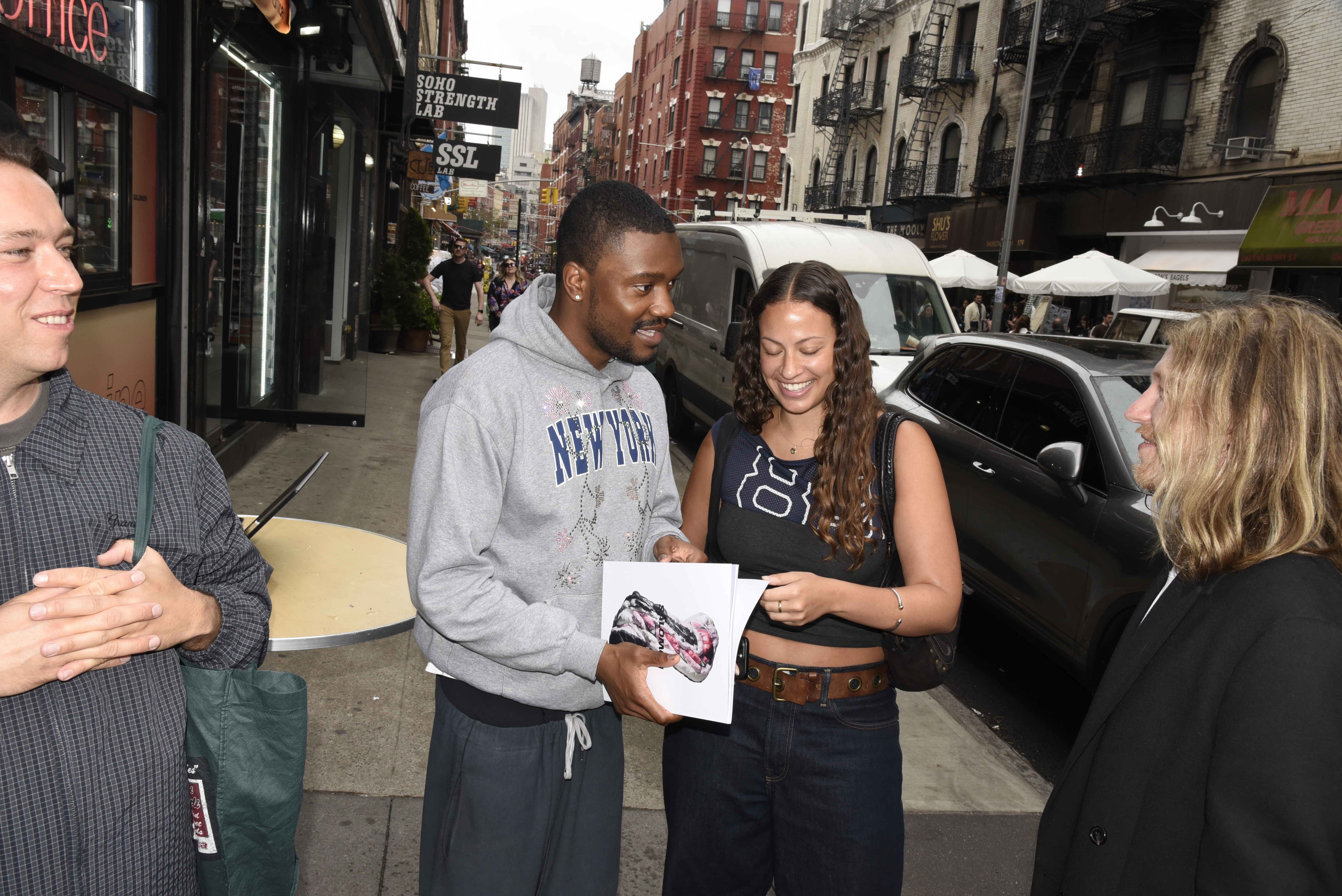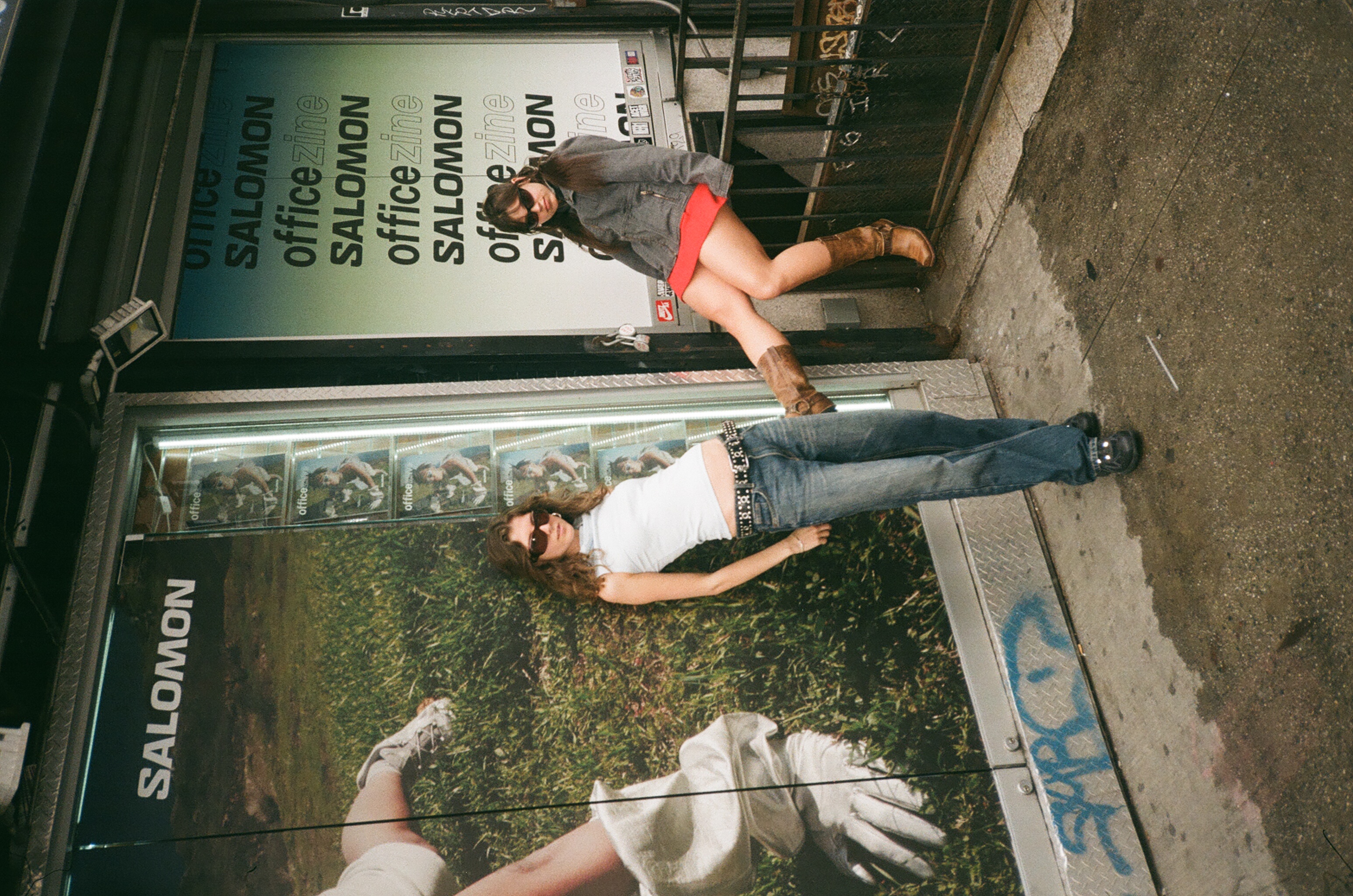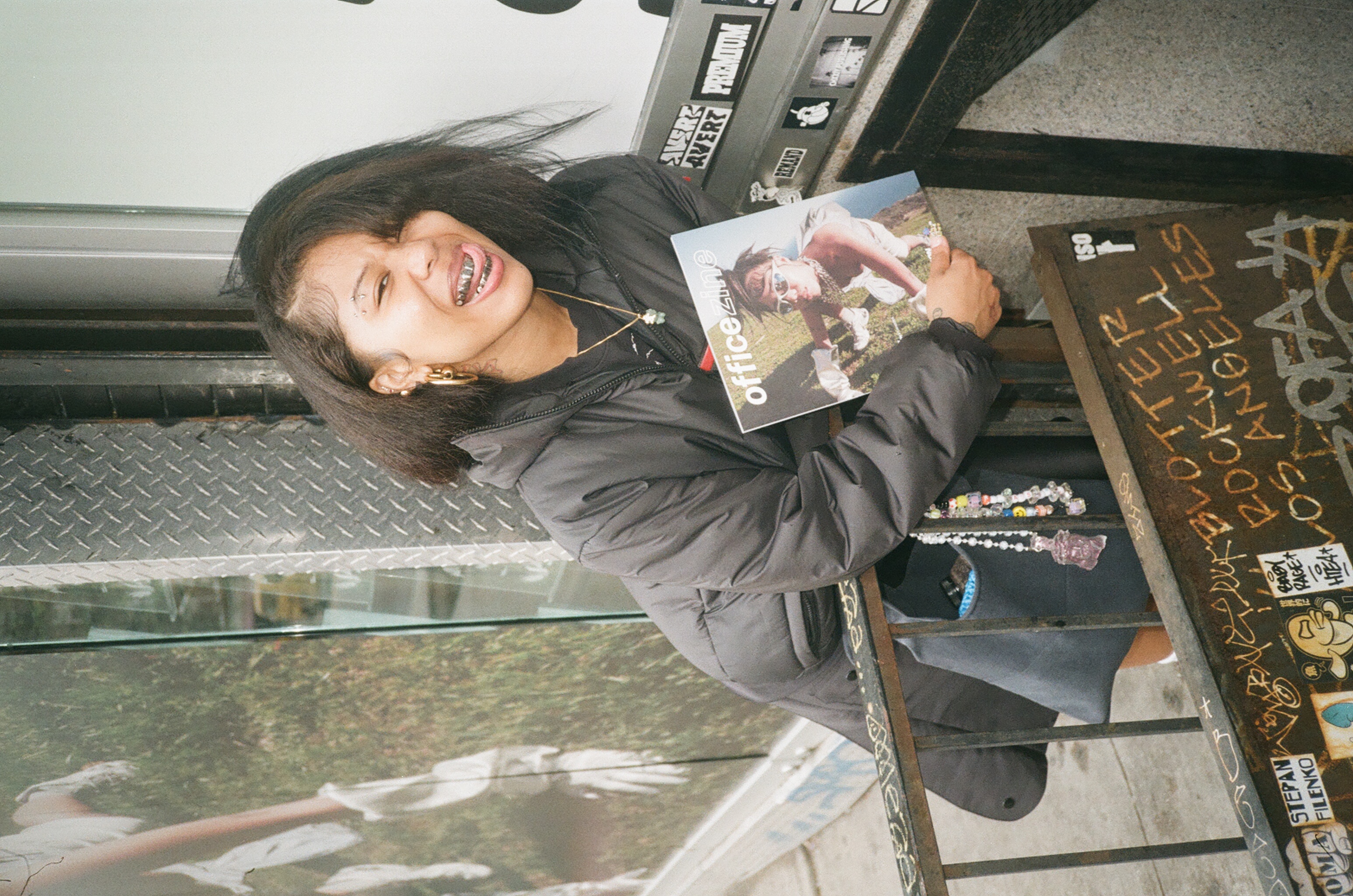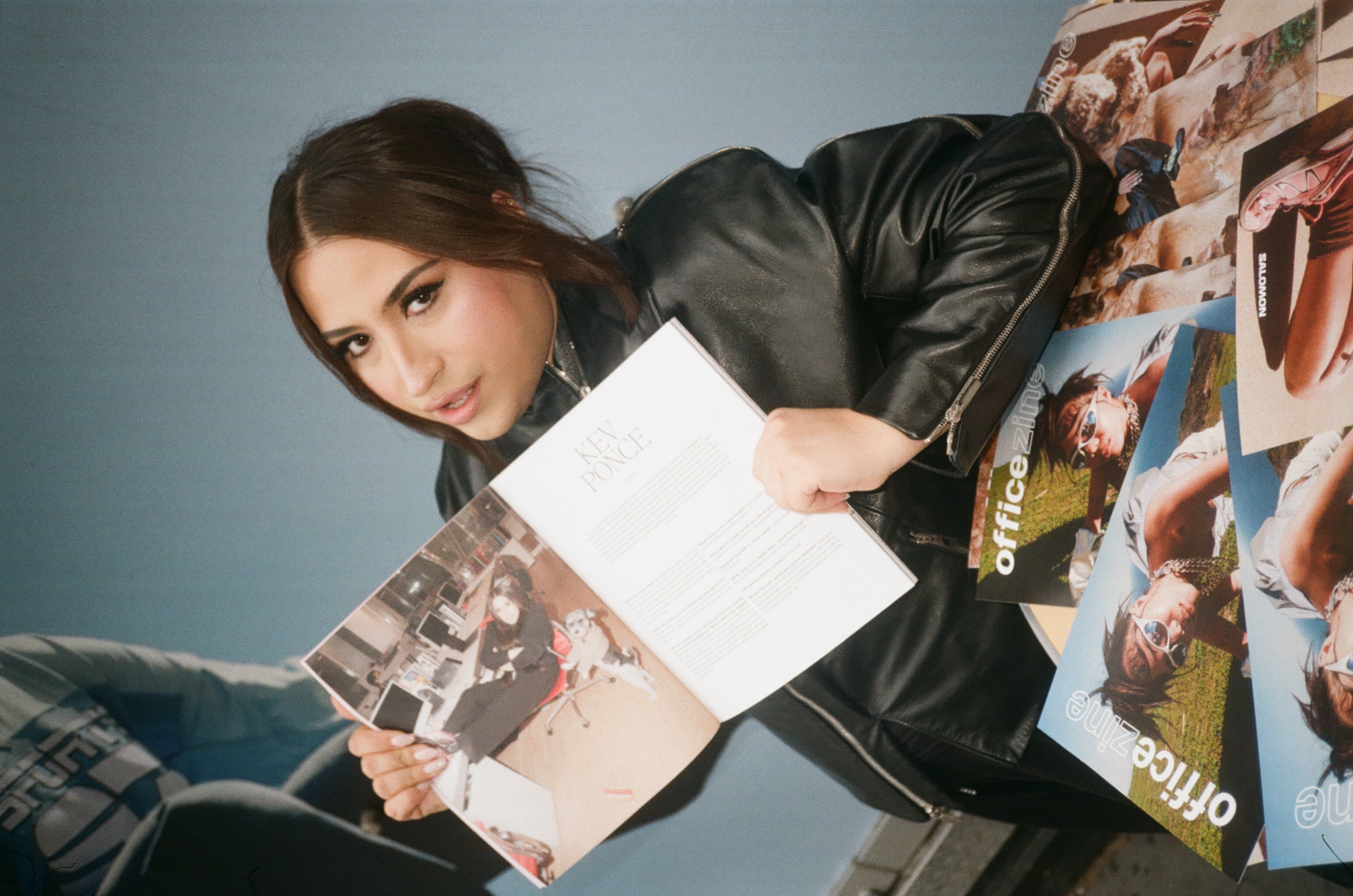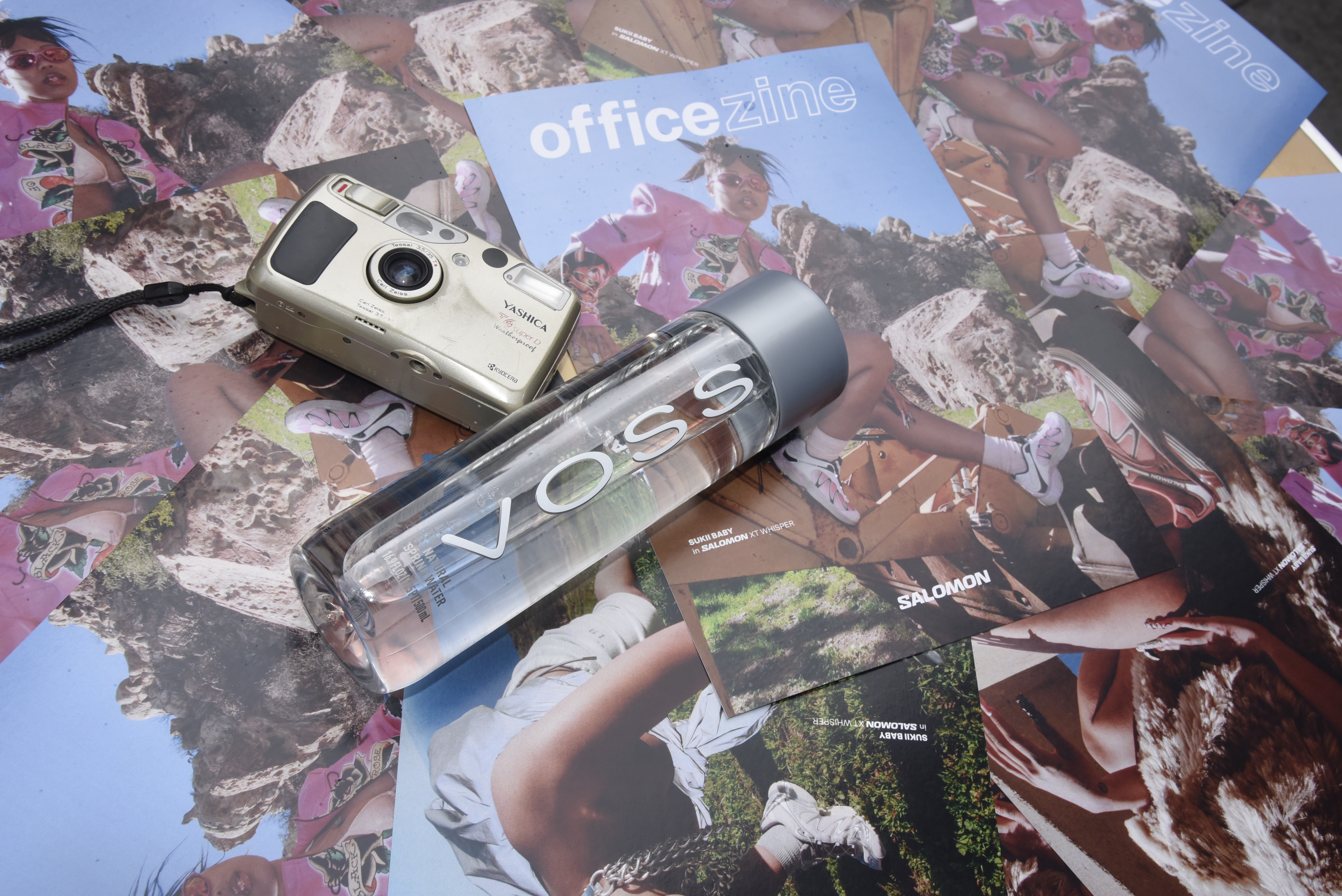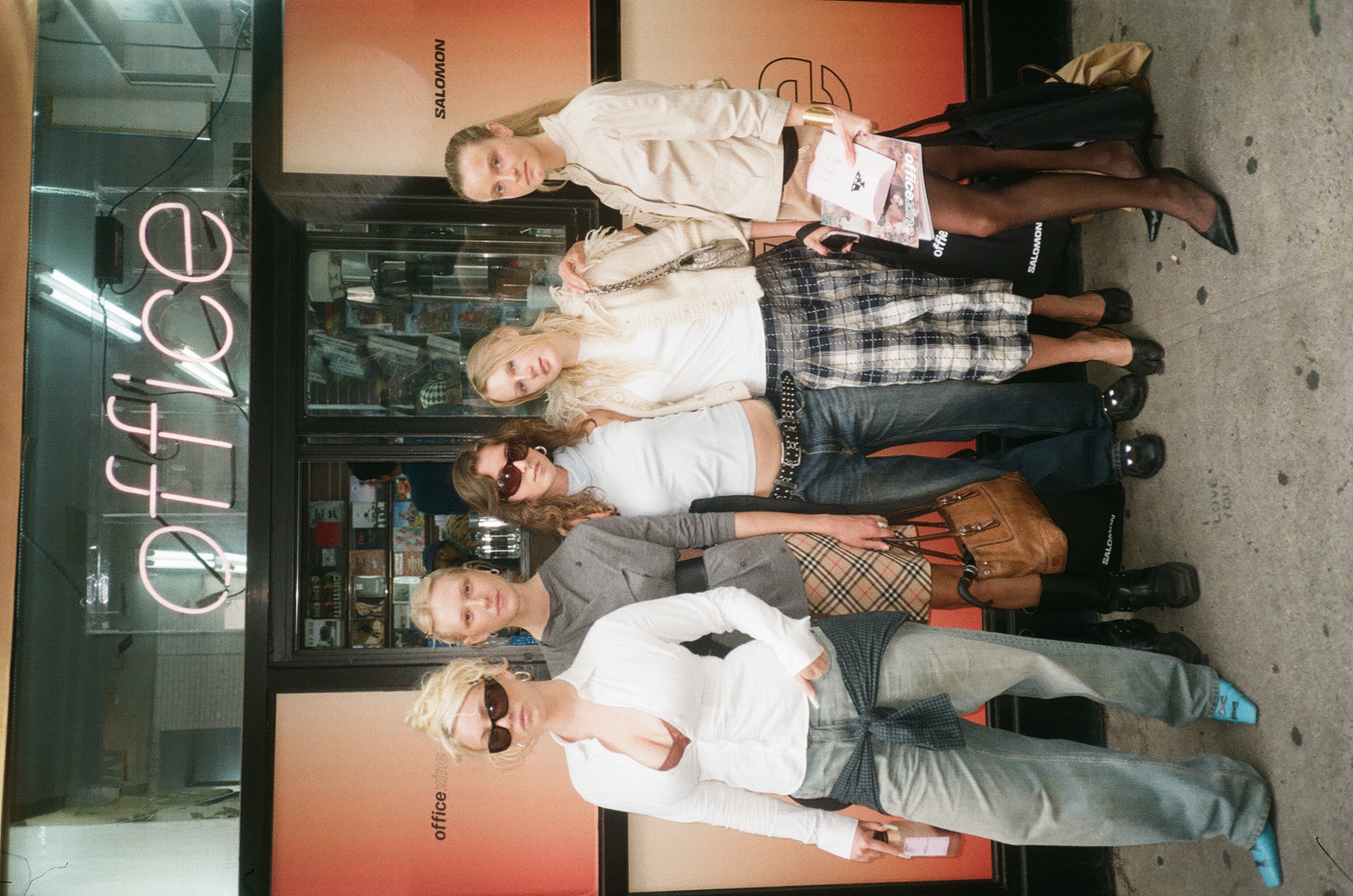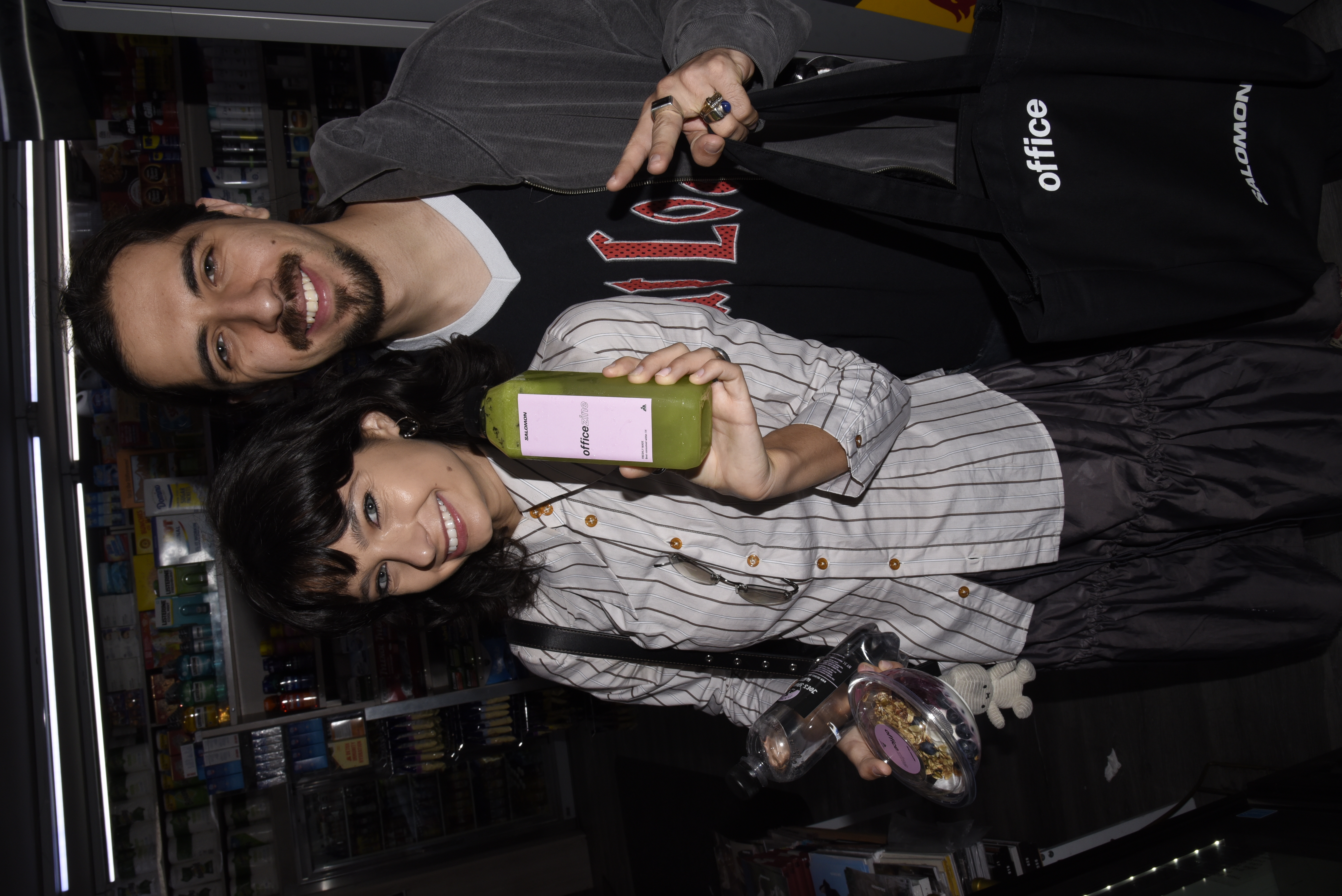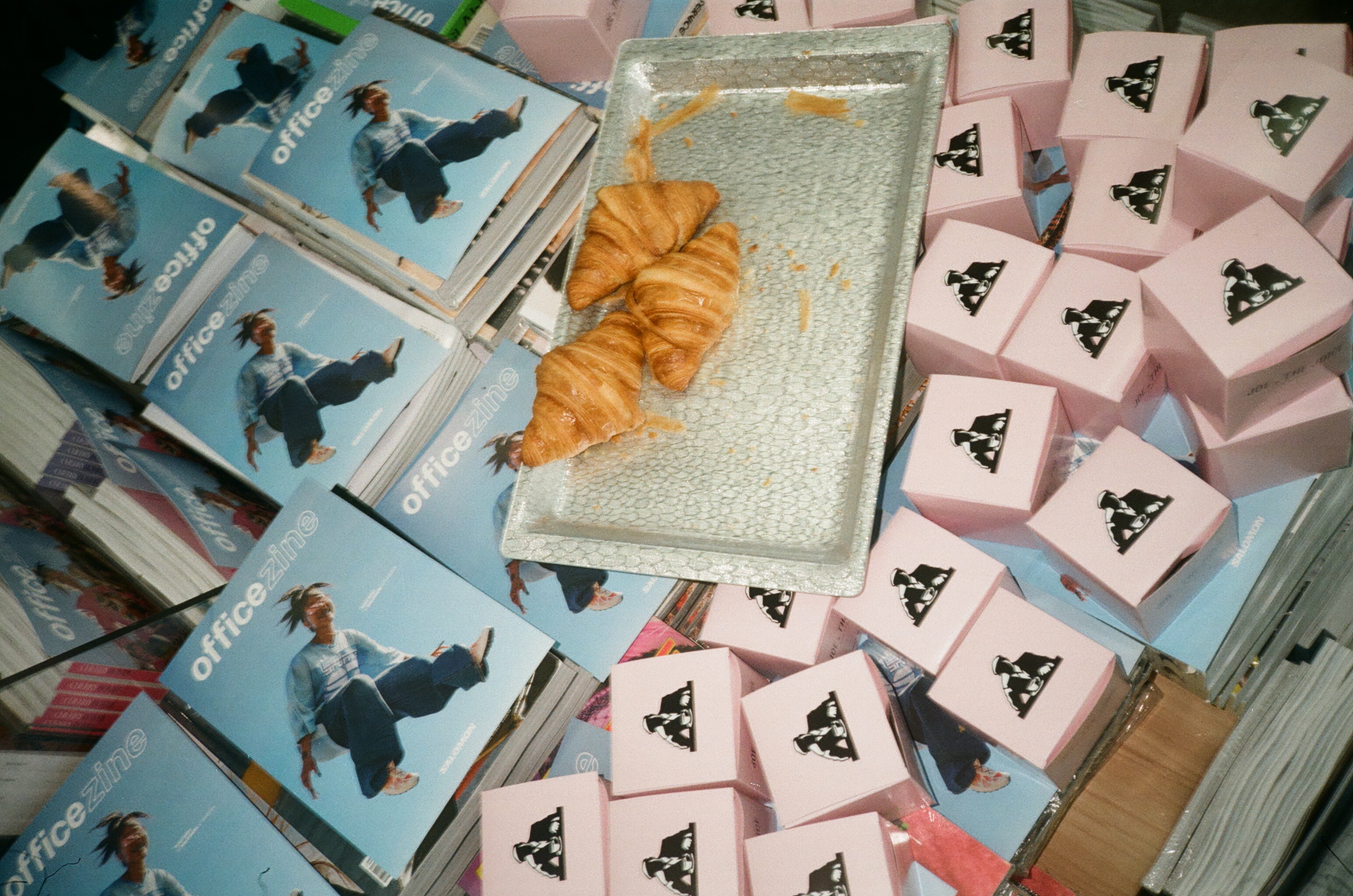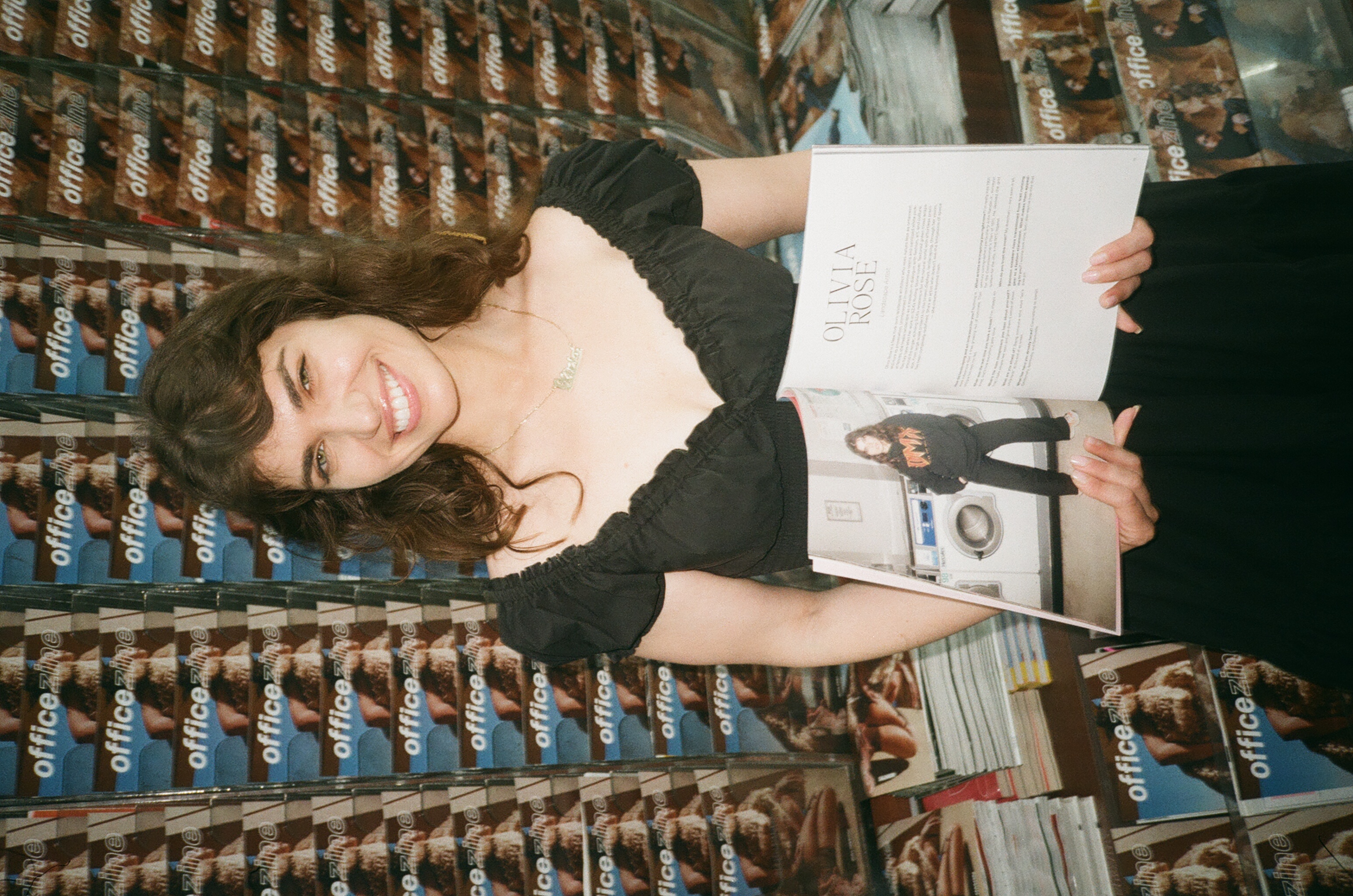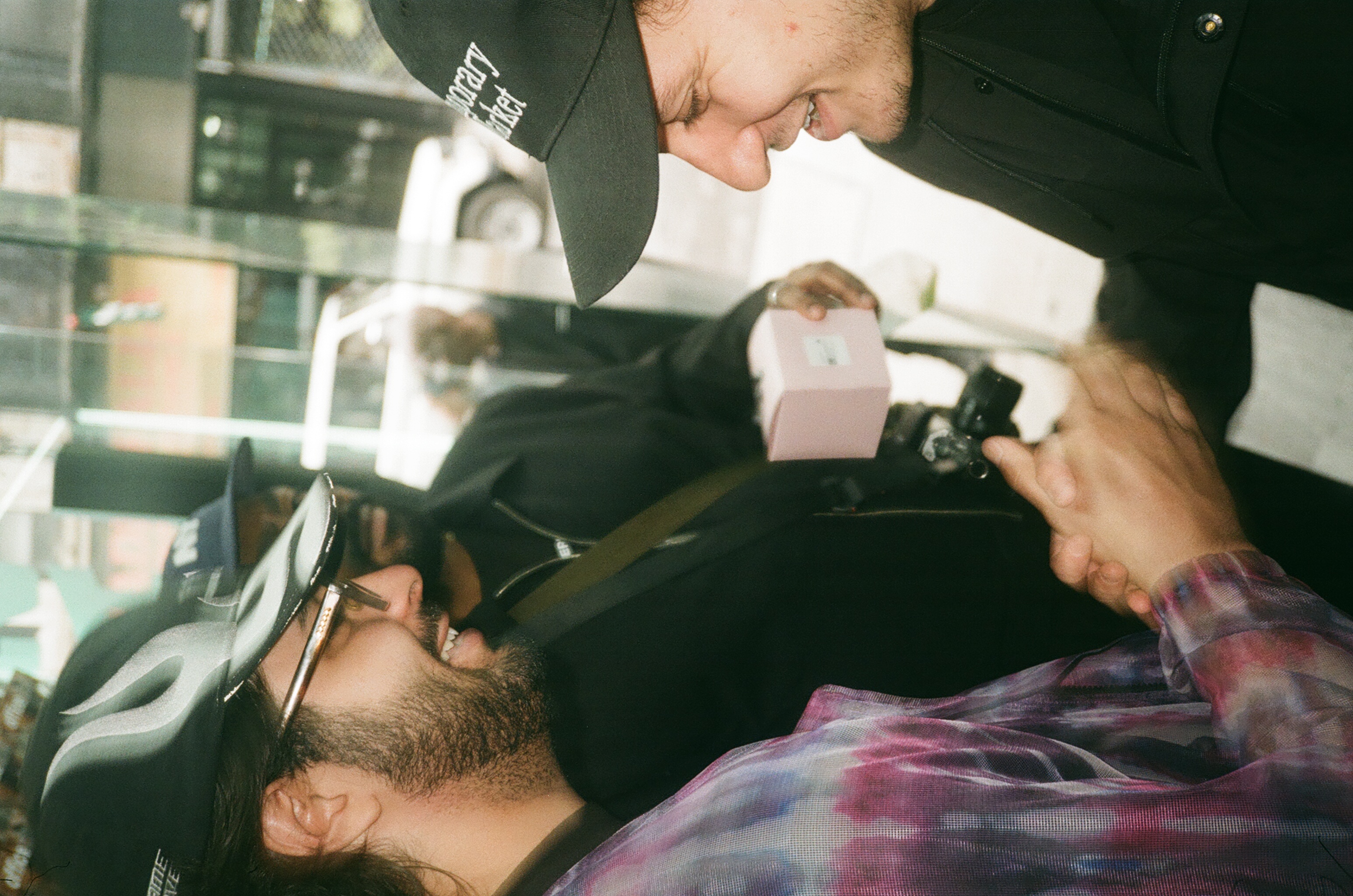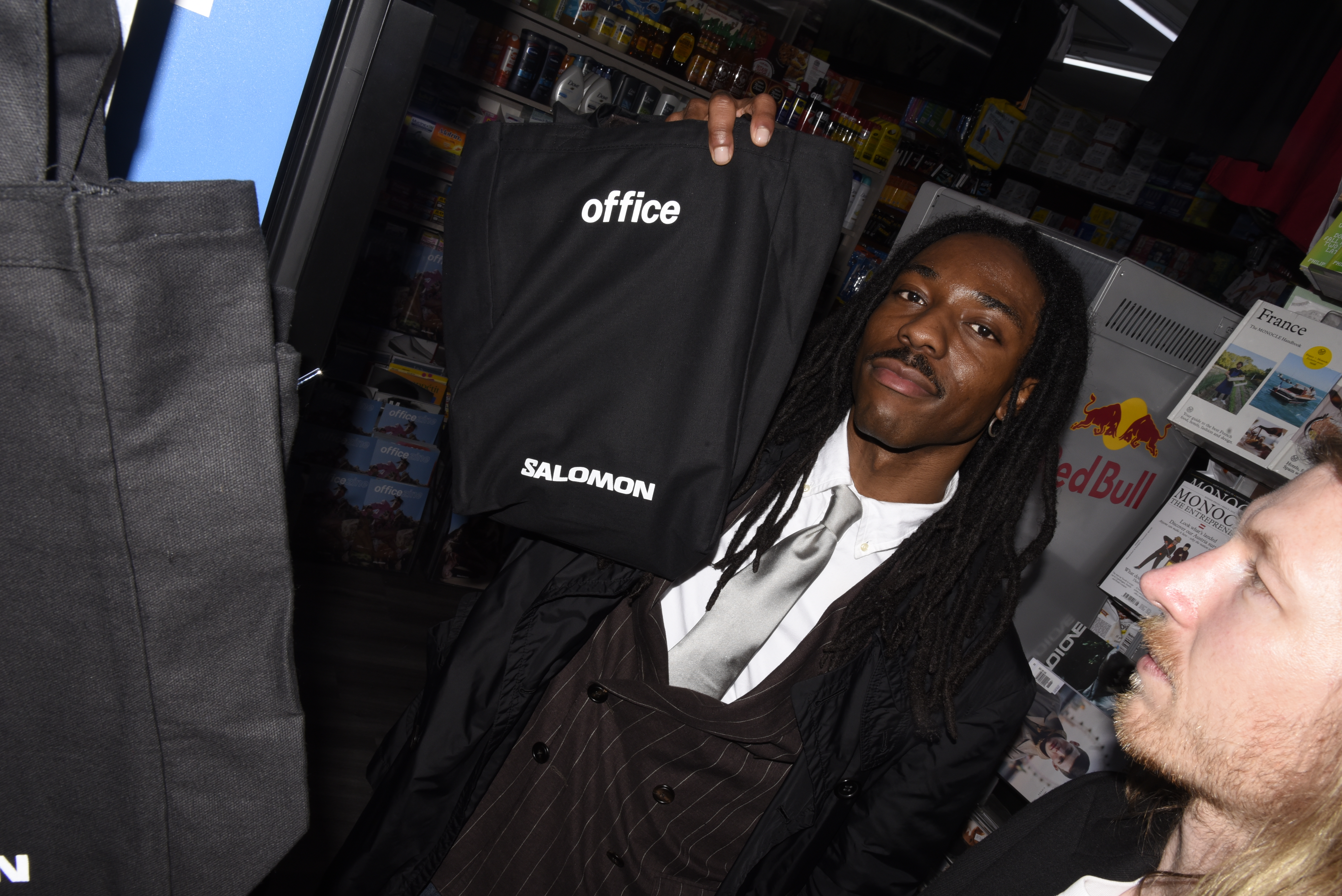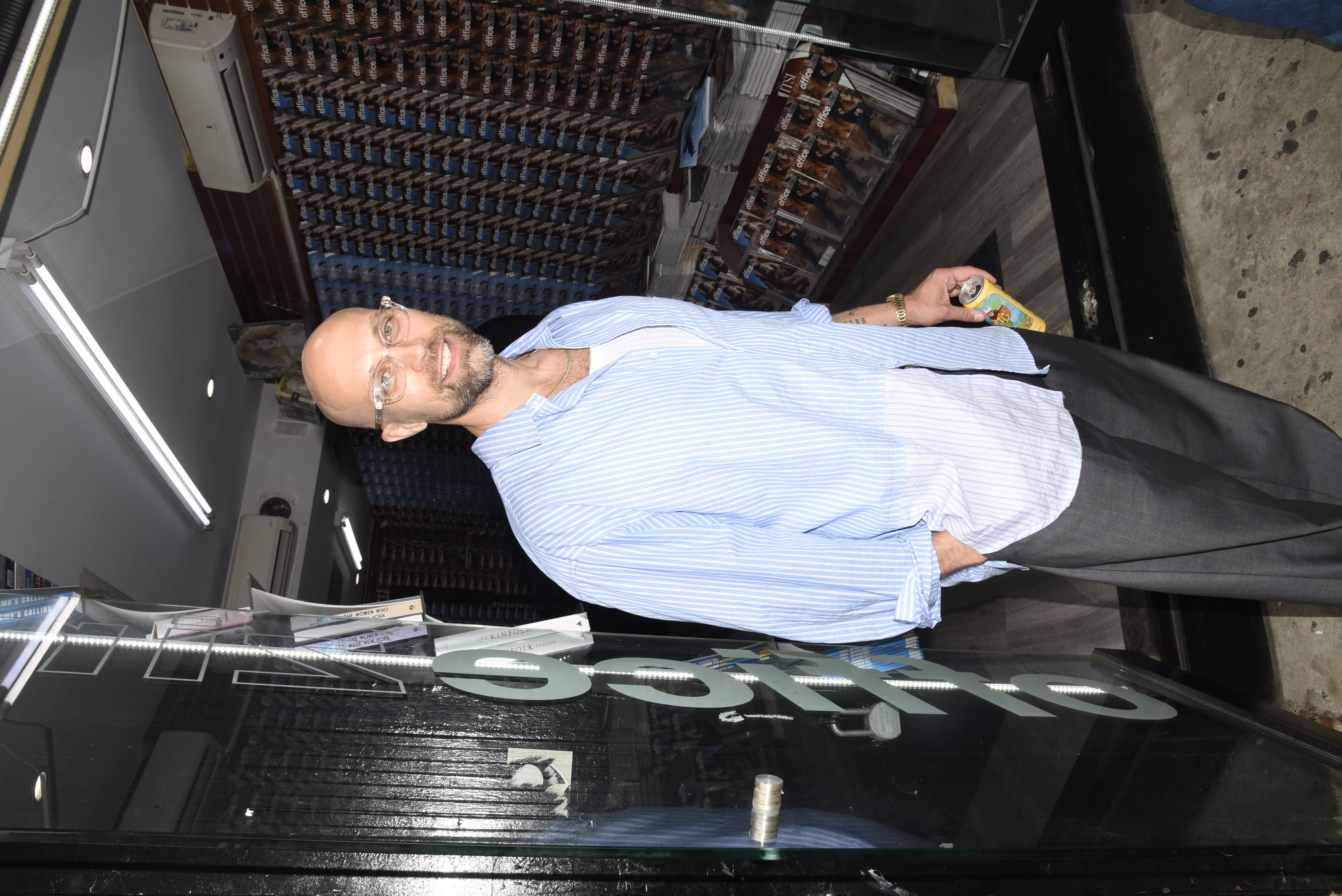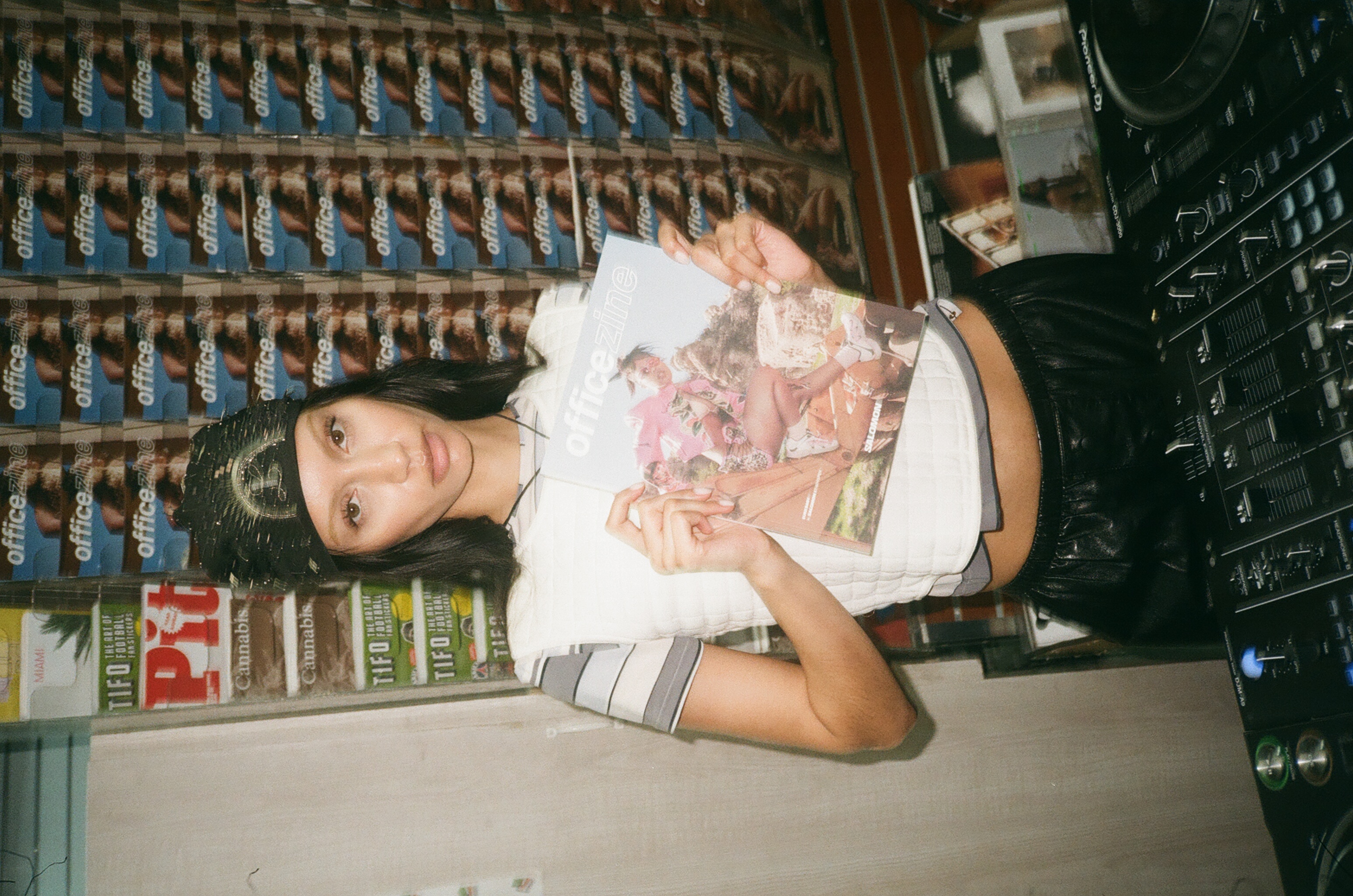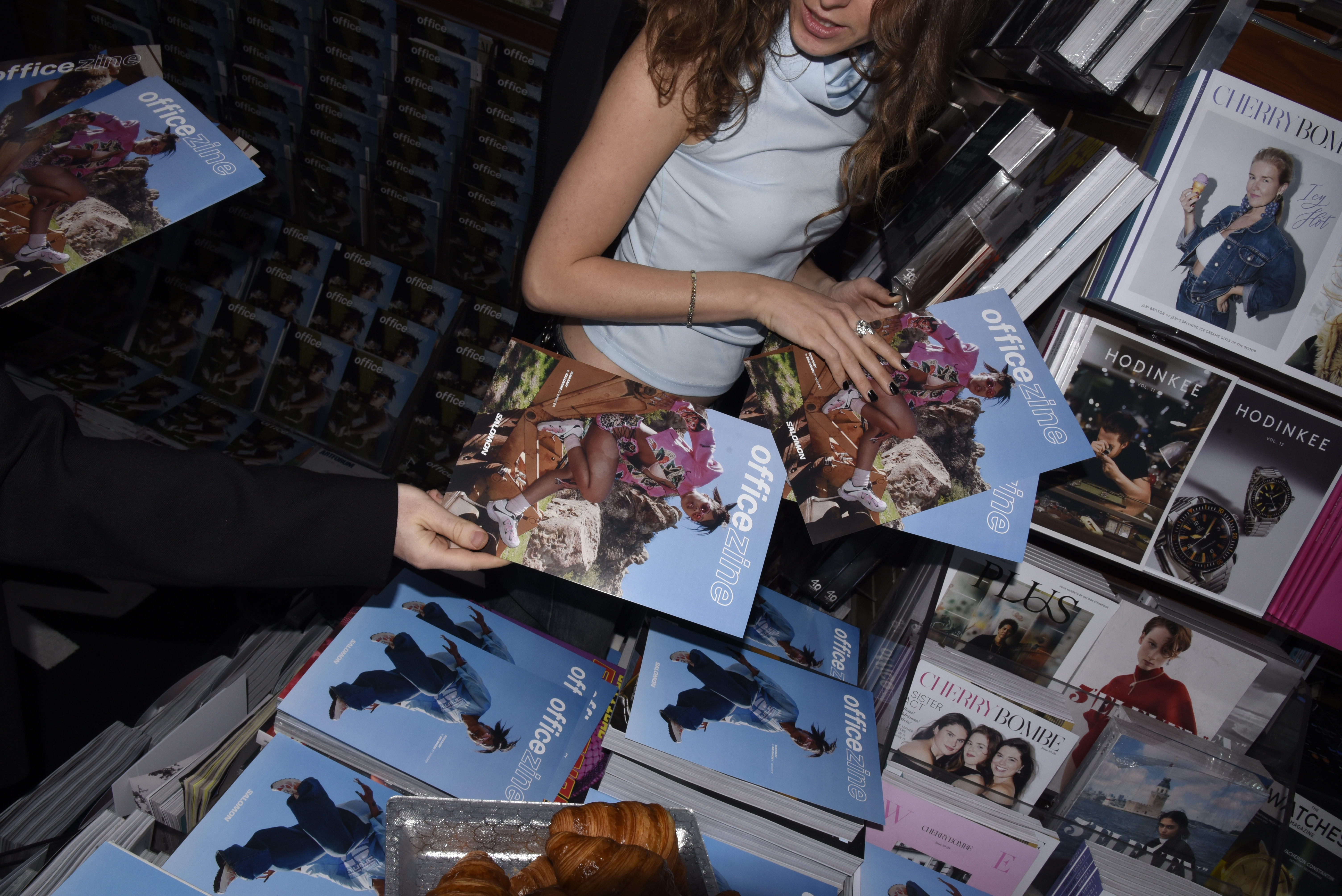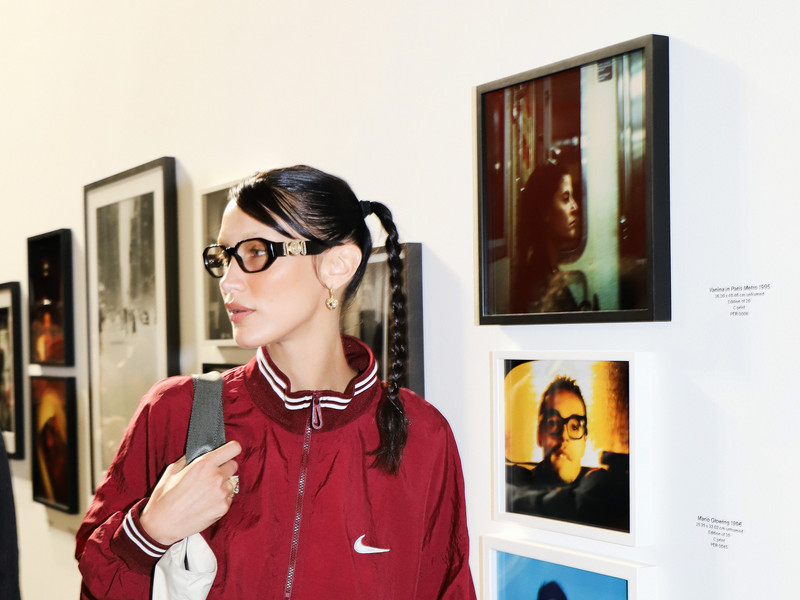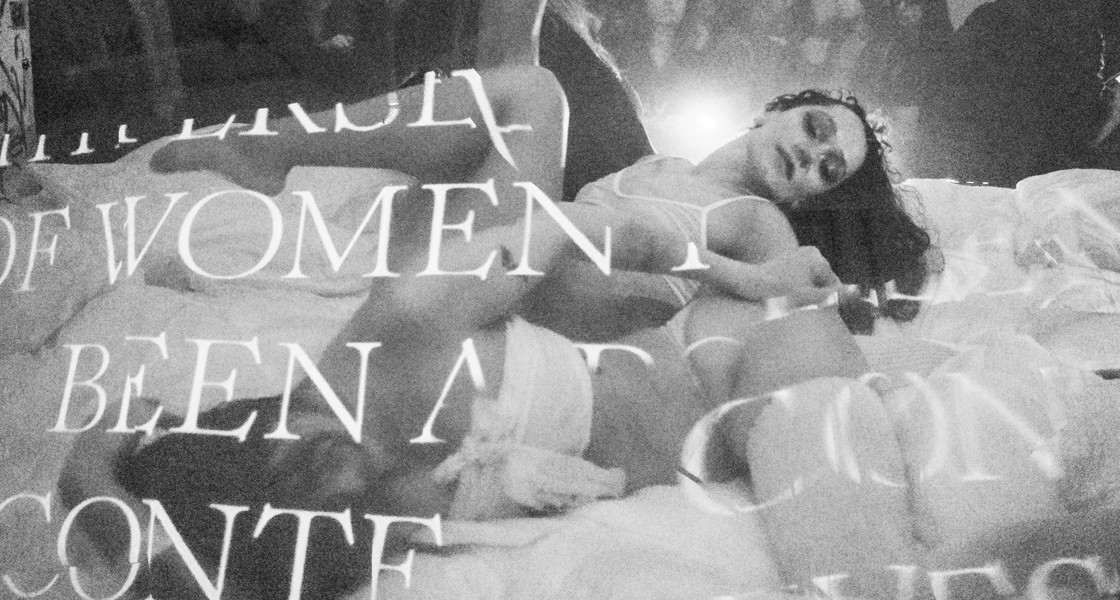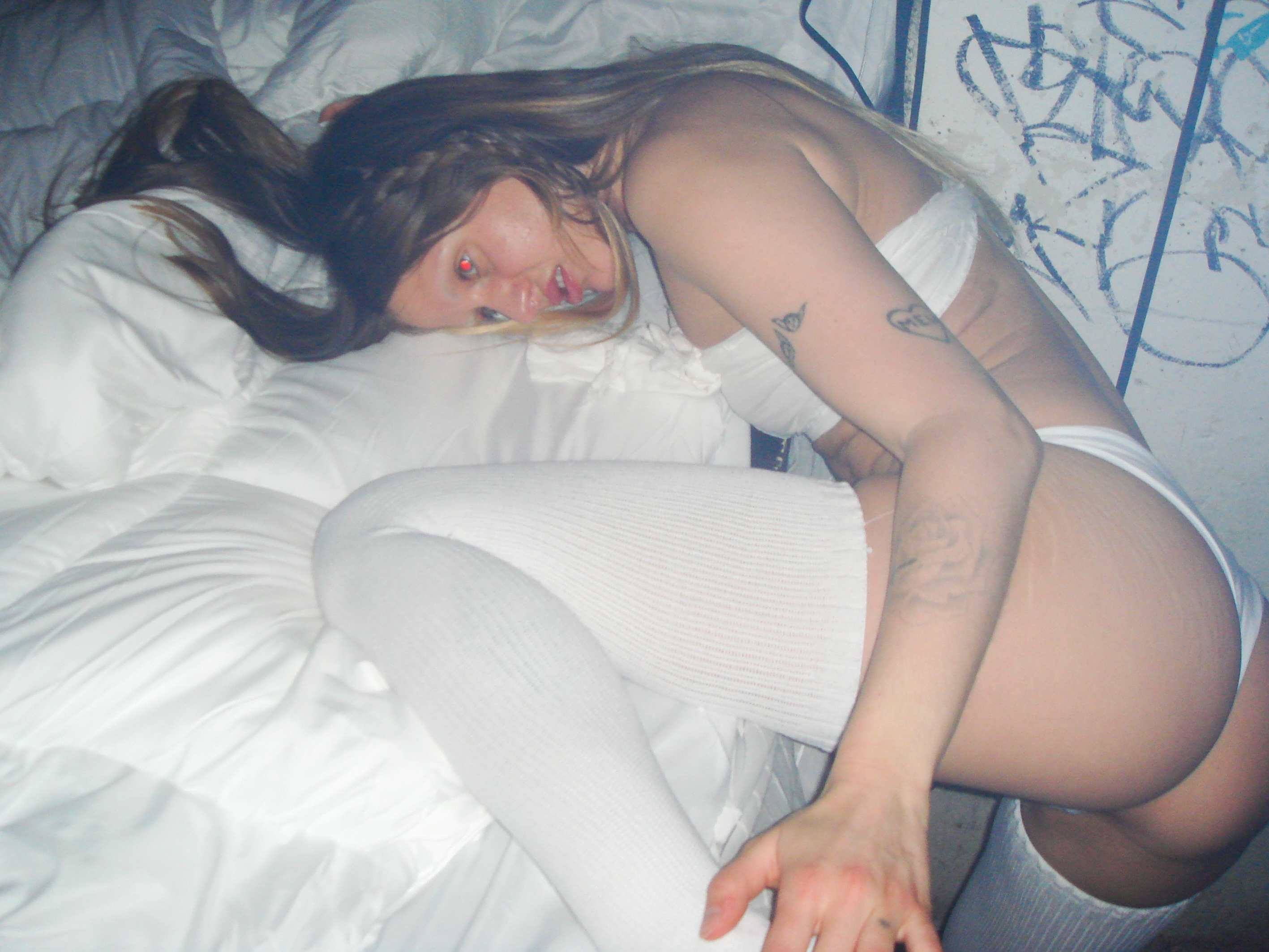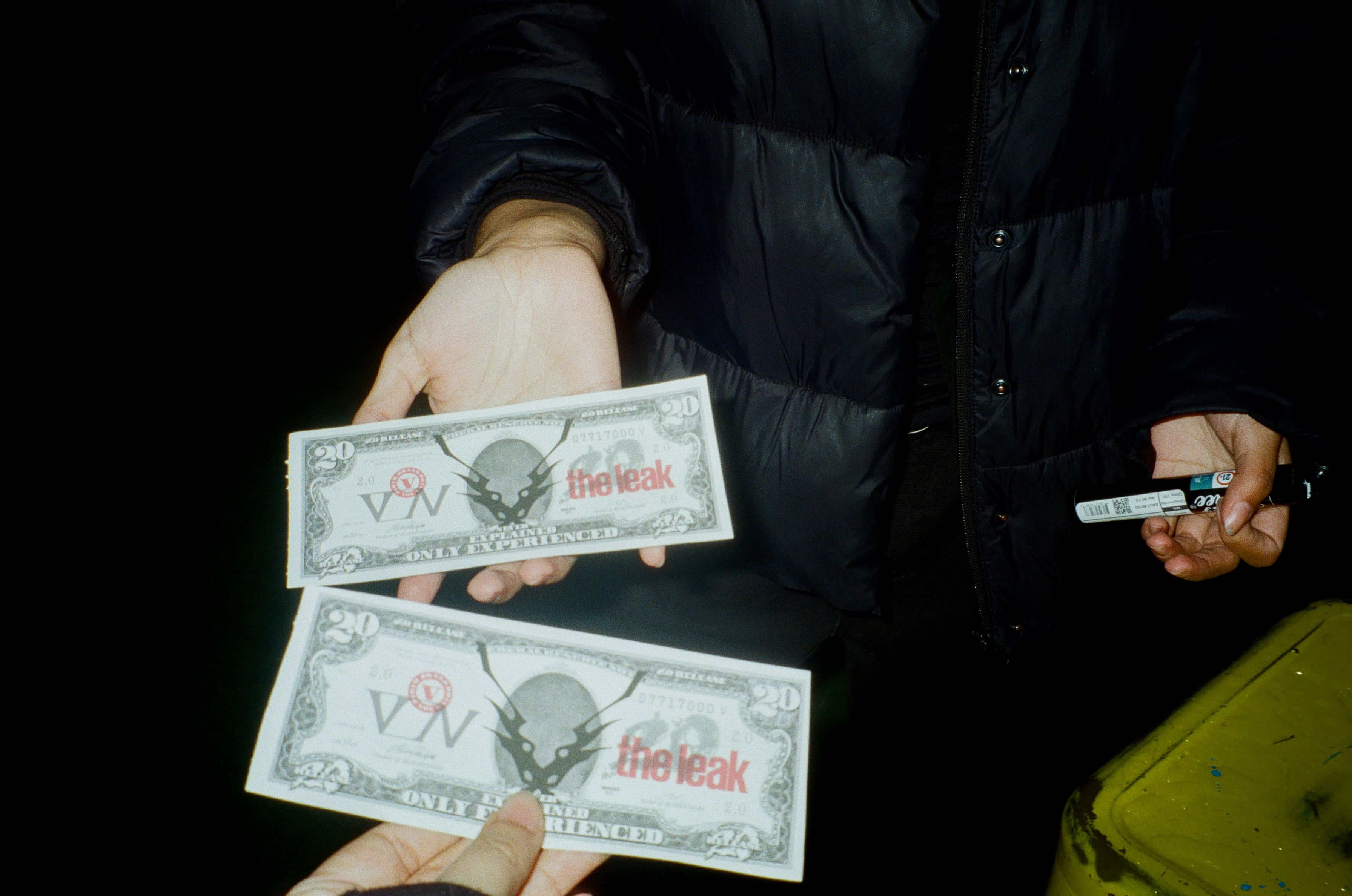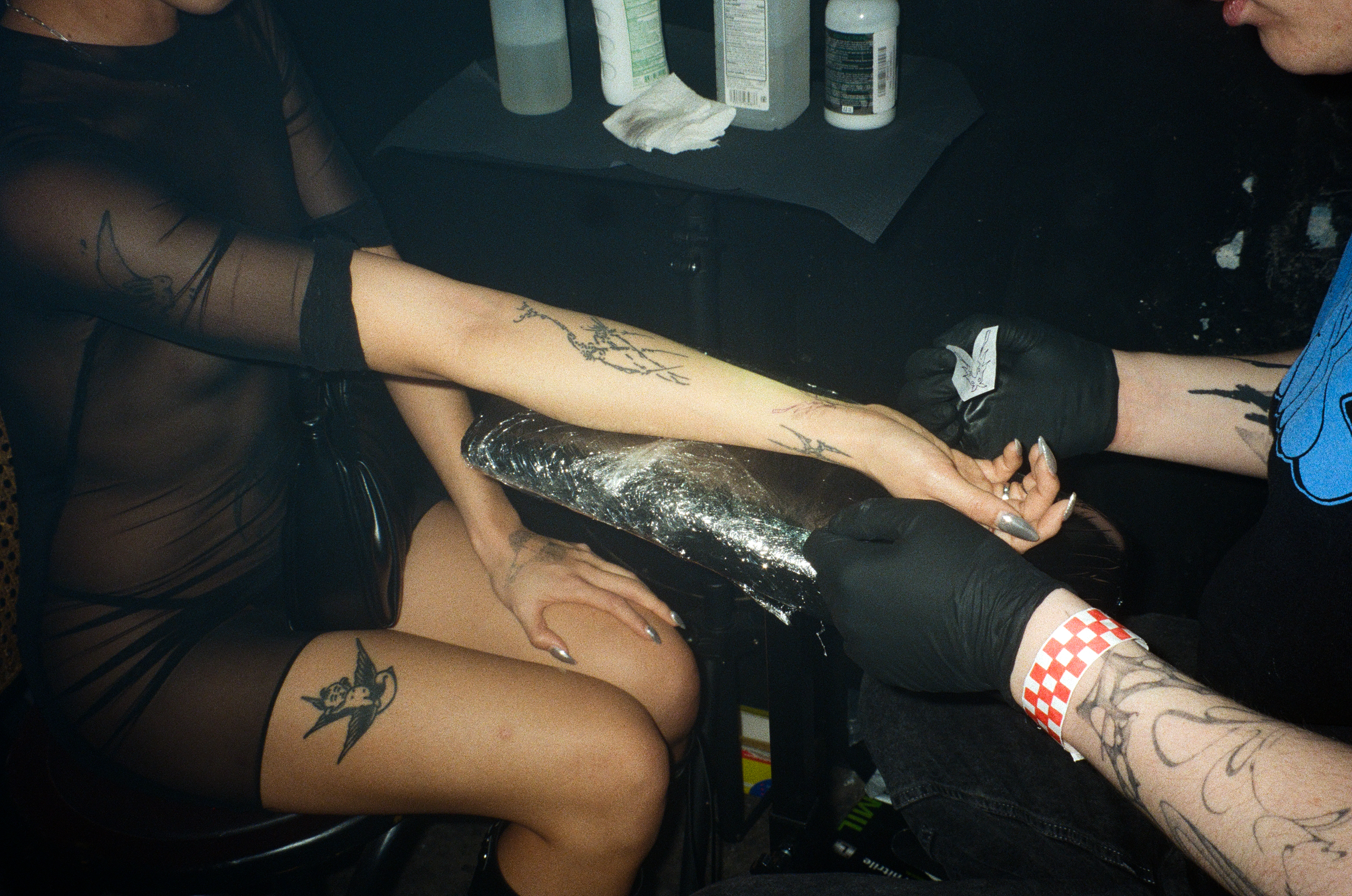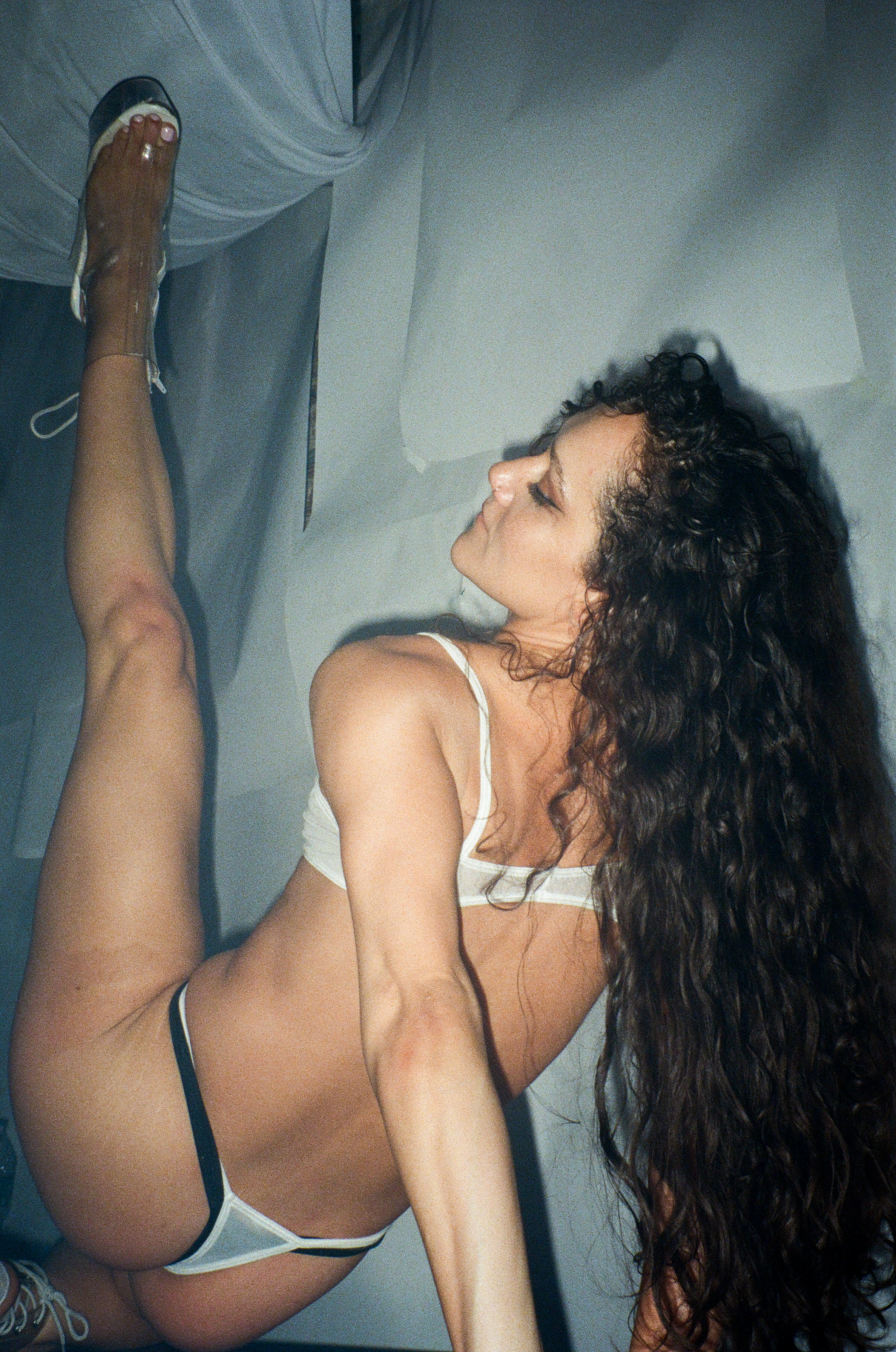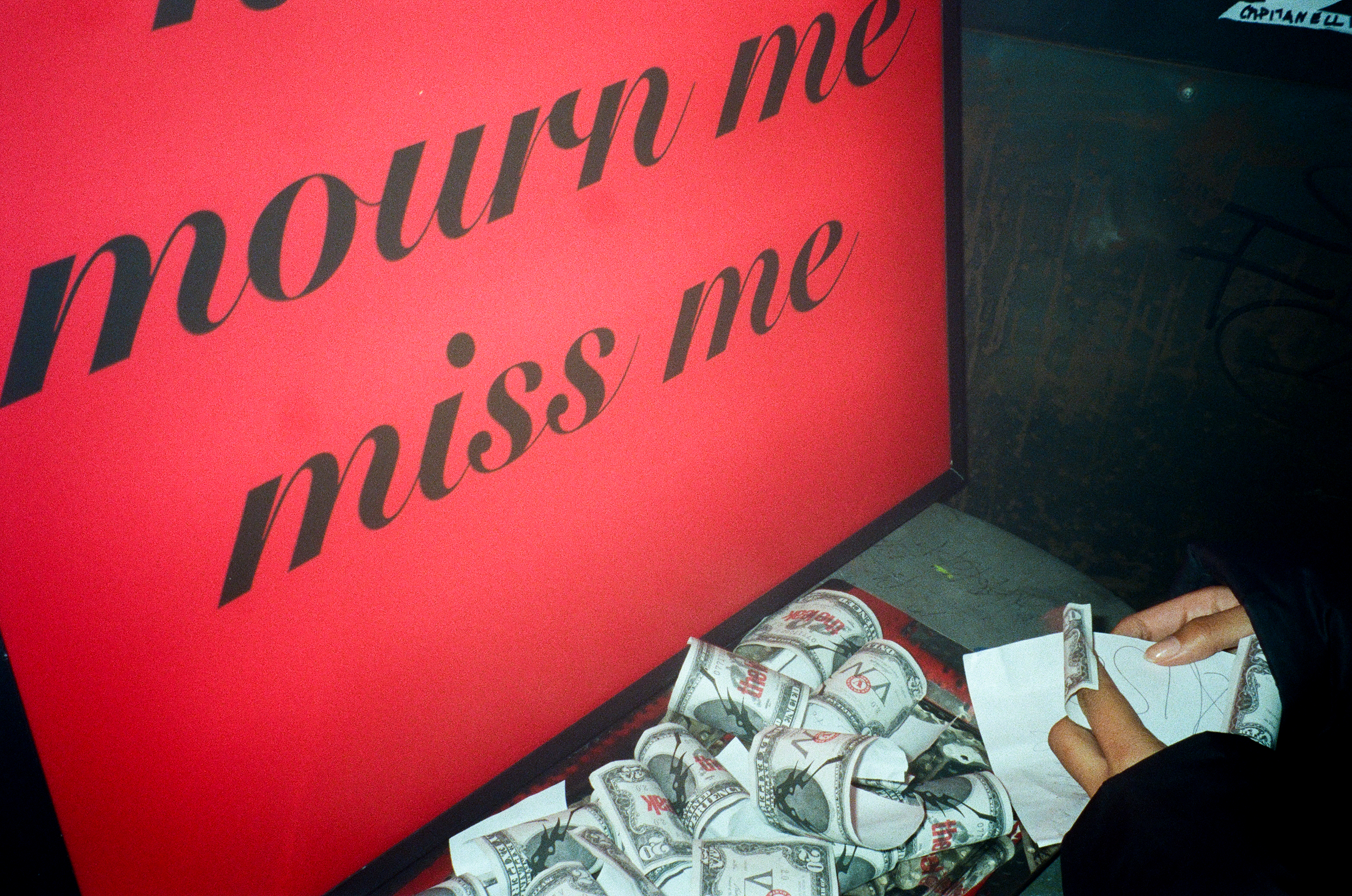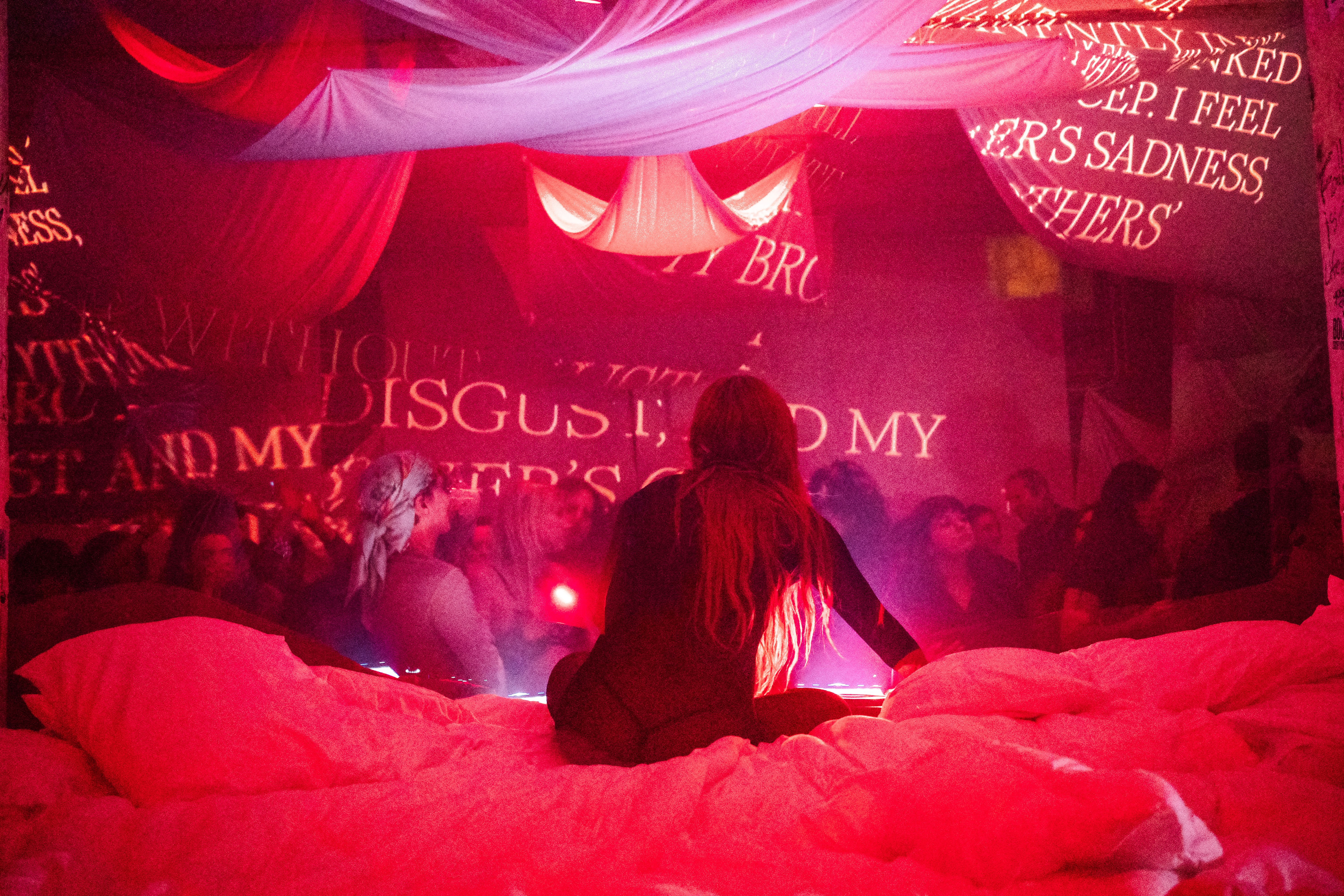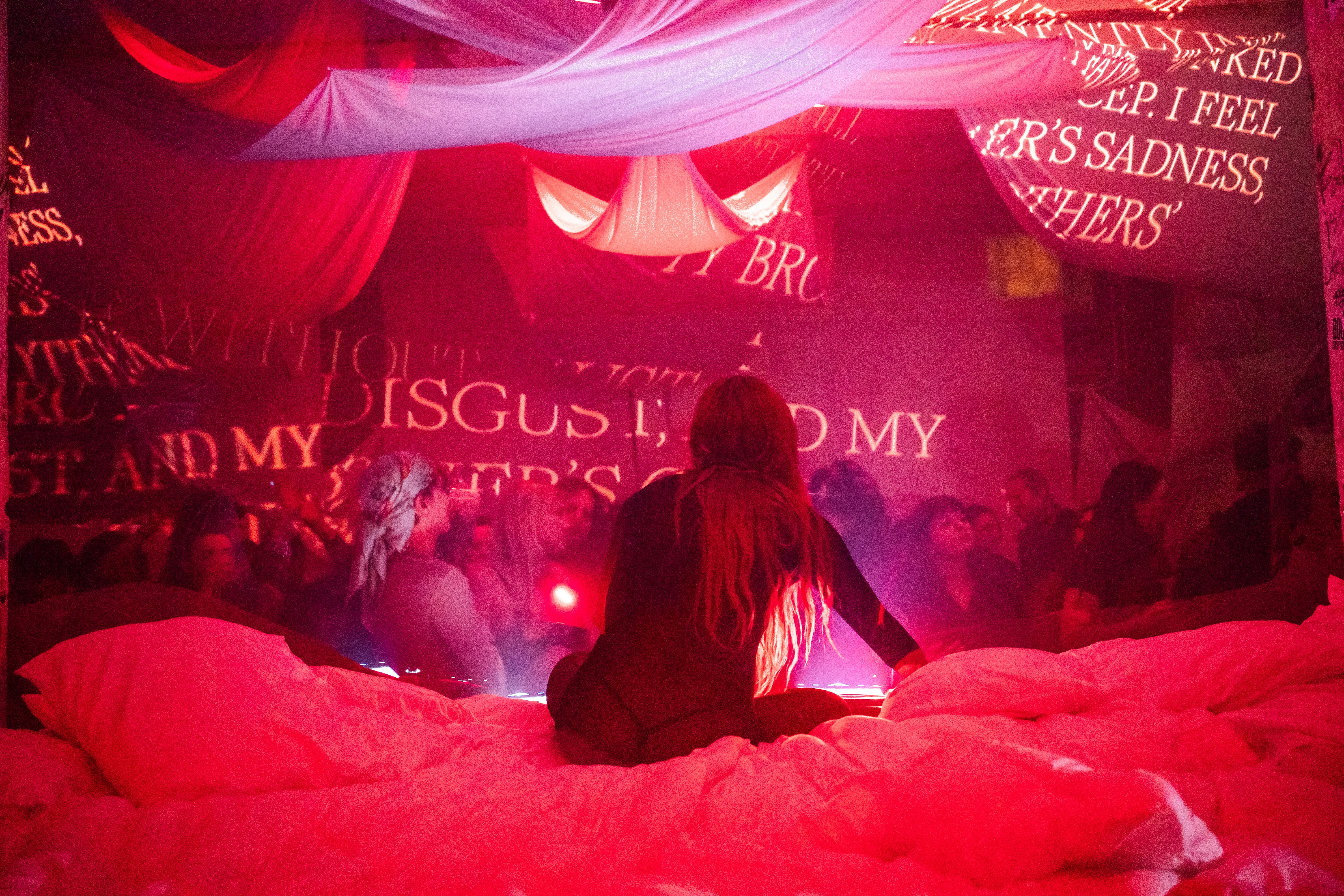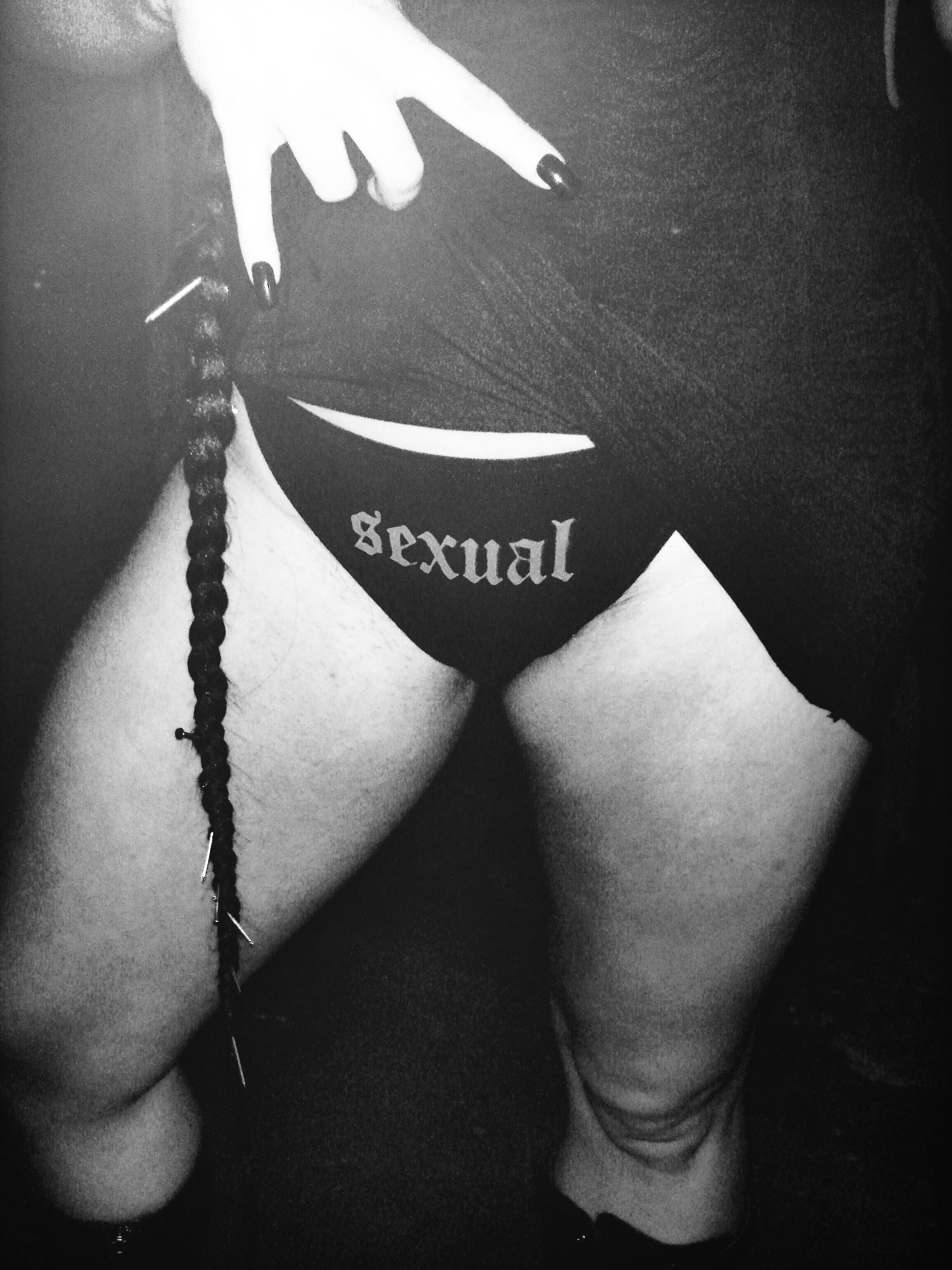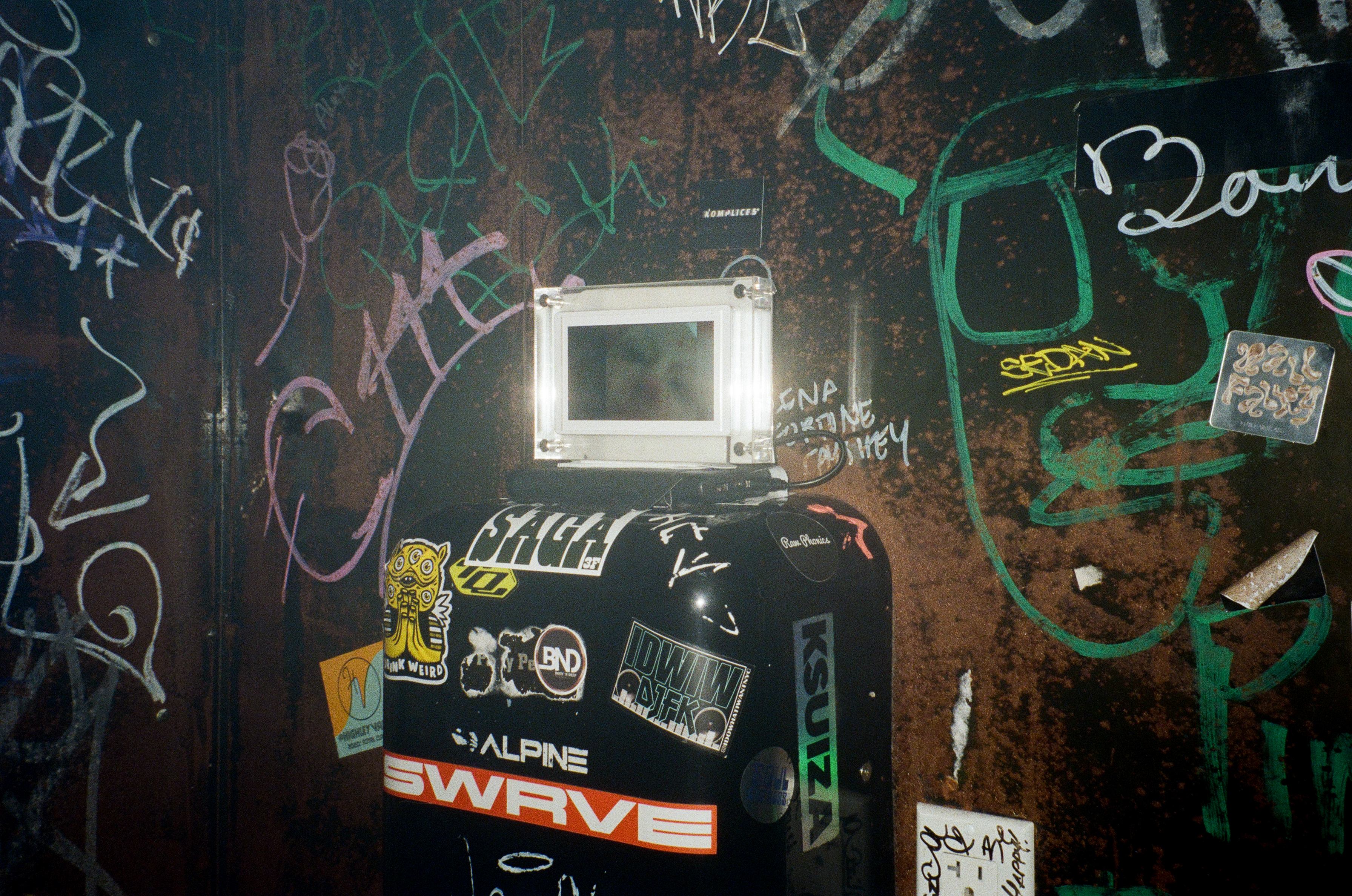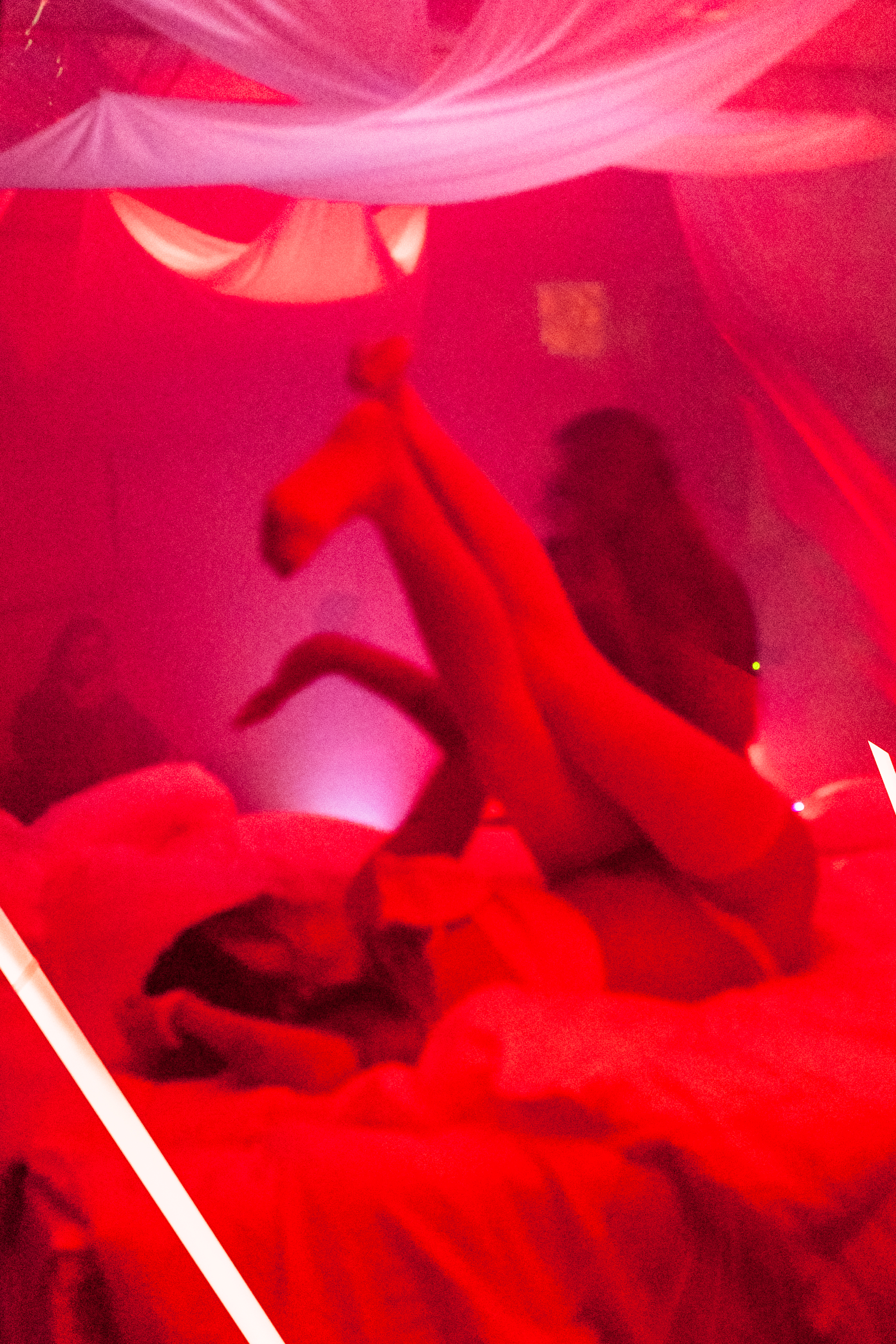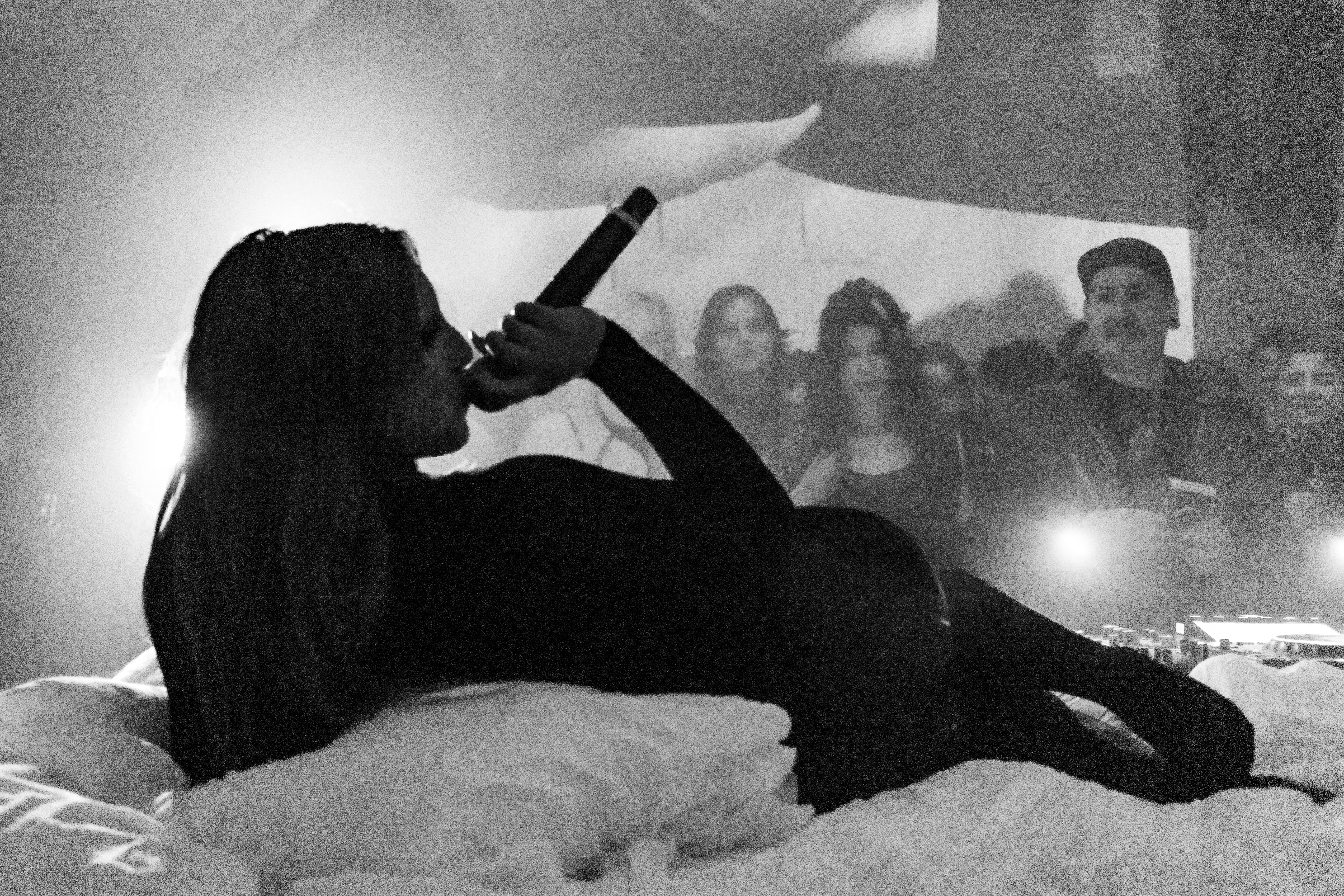Color Theory: Peter Shire

ANNA ZANES — You’re from Los Angeles originally?
PETER SHIRE — Yes, I am. When the Dodgers left Brooklyn, we all were with my dad on that one. We were sad that that sort of tradition and a passion was leaving for commerciality— and now that they’re here, I’m sad because they’re here and they’re assholes.
AZ — So you’re not a Dodgers fan?
PS — What’s the point?
AZ — I wouldn’t know. I’m not a sports person.
PS — Right, you go spend $300 on authentic jerseys and pennants, go see a game for $100... They’re worried that younger people aren’t into baseball. It’s an interesting sport, though. I went to see a baseball game with a guy in Baton Rouge, college baseball, which could be more fun. You know, one of my friends pointed out something about basketball— it’s seeing a bunch of millionaires trying not to hurt themselves. That’s so true. But the thing is, once a guy gets on second base, to get a point to get a home run is almost inevitable. But there’s these very slow moving strategies.
AZ — But it just doesn’t do it for you?
PS — Sitting with him was great. We’d just eat sunflower seeds, and throw him out in the aisle, so when we left there were all these little piles.
The neighborhood of Echo Park, like much of East Los Angeles, has seen dramatic changes due to gentrification over recent years. As a born-and-raised Brooklynite, I can empathize with the frustration and dysphoria of a community suddenly flooded by hipsters, tote bags, and increased rent. Upon entering Shire’s studio space, I realized why, perhaps, the artist was able to remain so steadfast irregardless of the wavering surroundings. Shire’s studio was another world— a bubble of color and charisma more akin to Willy Wonka’s workshop than any space I’d ever occupied in the state of California. But this, having even the slightest understanding of Shire’s work, should not come as a shock— alongside the artist’s legacy as a founding member of Milan’s Memphis design group, his signature tongue-in-cheek take on Bauhaus style has become an emblem in the art and design world, and beyond, for decades. As much as it hurts my stomach to use such a cliche— the title of Renaissance man truly does go to Peter Shire.
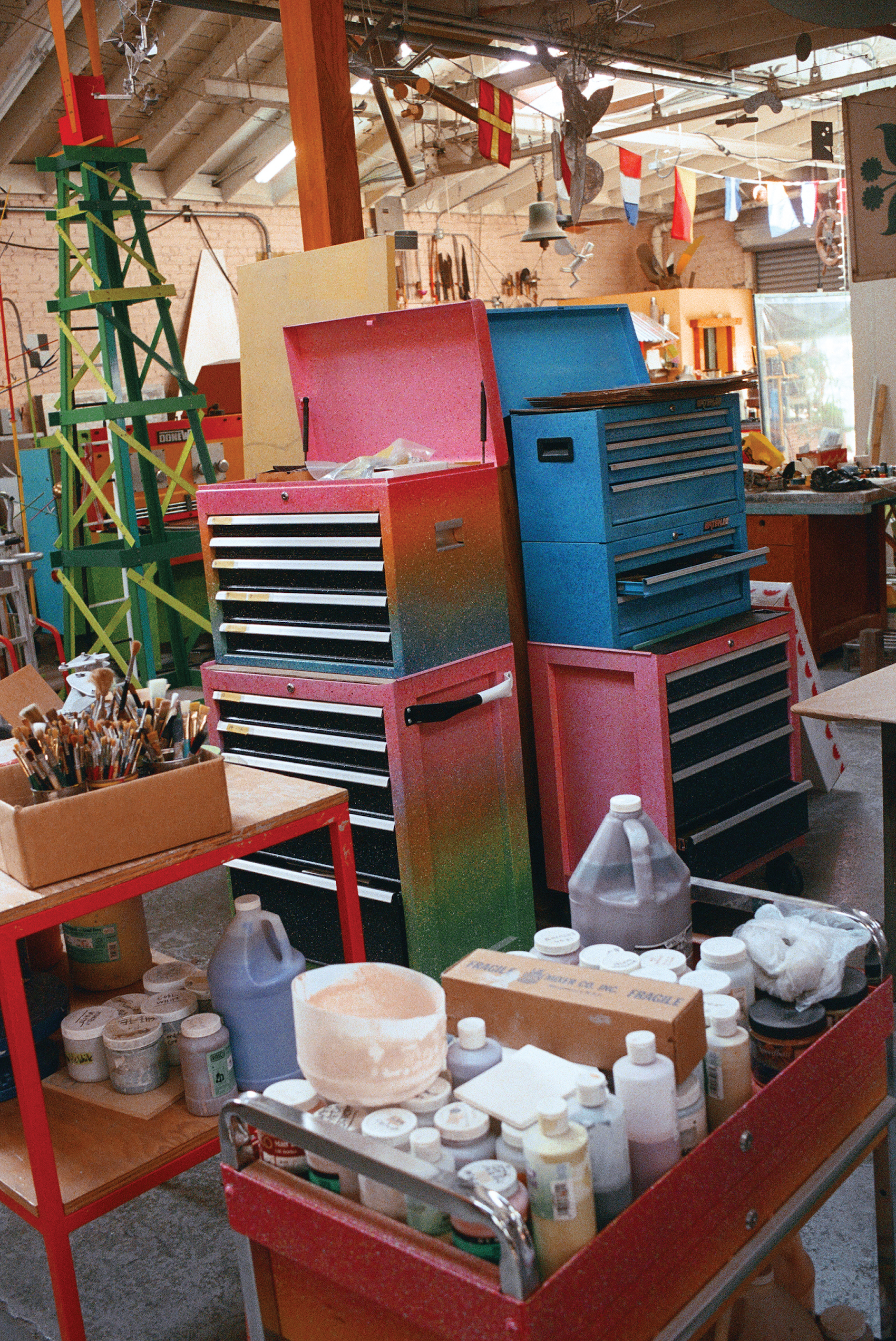
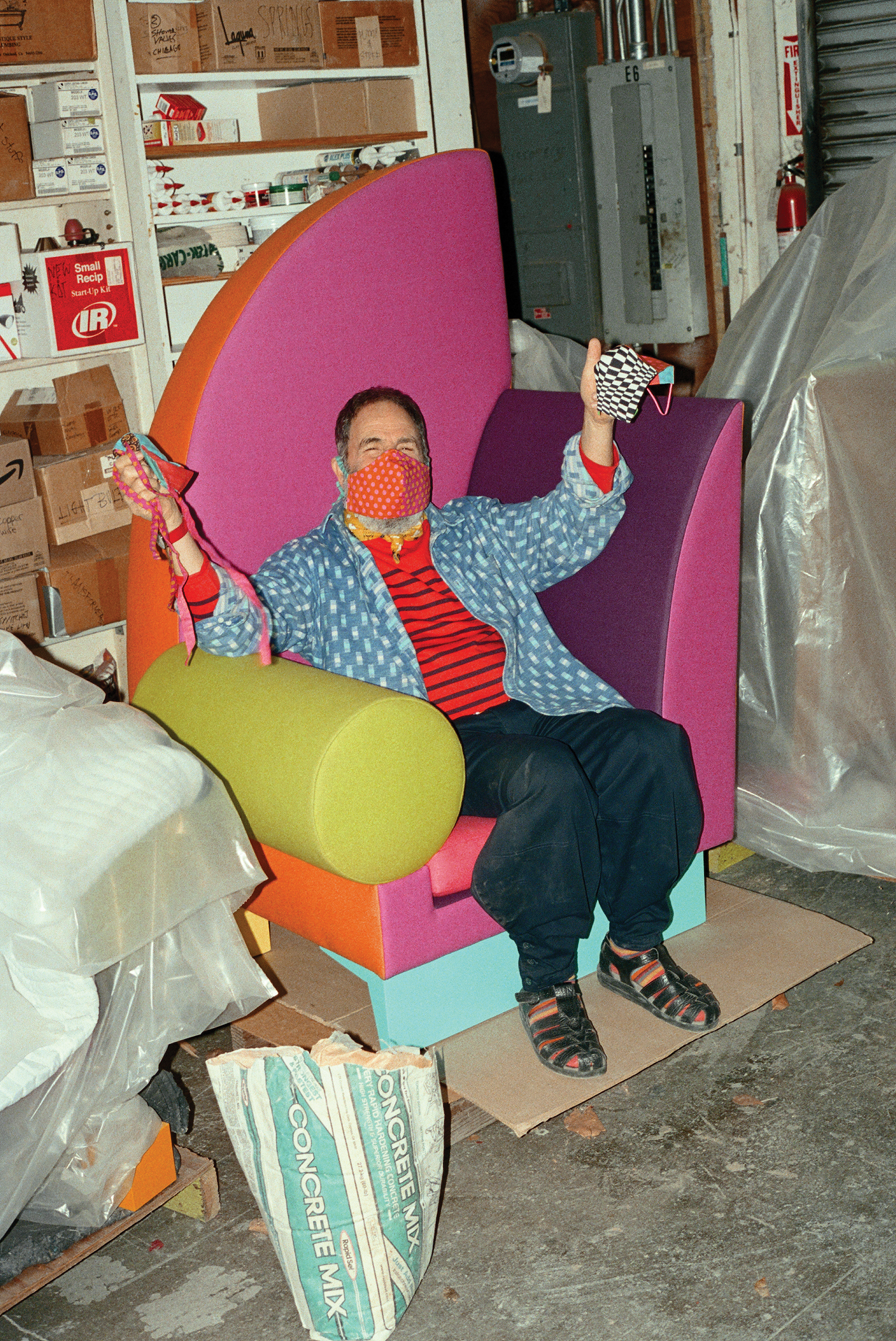
AZ — Do you have any resentment to the fact that the neighborhood has changed so much?
PS — Well, the thing about interviews now is that letting your hair down is dangerous. You say something that can take your career apart, or you can say something that hurt somebody’s feelings. Or you could even say something that haunts you in interviews for the next 2525 years! It would haunt me and then I’d live longer and have to live through it, you know. But me, do I resent it? We try to cope with things. Tell ourselves things. You know, some of it is platitudes, but how do I really feel? On one hand, I think about it all the time. I should have a list, you know, there’s a group of questions that are perennial. One of the things that I’ve come up with to sort of deflect the disappointment, well, a lot of it’s very offensive. And what it is, is that when things start to go, there’s a group of people that are greedy, and they have nothing to do with it. But they come in, like this guy next door. He doesn’t know what the devil is happening here with a capital F. Yes. No fucking clue. He is very funny because he said his daughter won’t live in the places he’s building. You know? That’s not right. If you won’t live in it, you shouldn’t be doing it. This is a key issue. Because what we’re doing here and what I’ve been doing and what I’ve sort of taken my knocks in order to survive and do is to do something better. Instead, these guys are doing something worse to just make money. Gravity’s attached. Right. It’s for the future. Yeah, right. Building a slum is for the future. Thank you. You won’t even live in it. Have you always lived here? Yeah. I live in my parents house.
AZ — And you’ve never lived anywhere else. Would you?
PS — Conceivably, of course, I’d love to live in Ravello. But I’m not ready to. Let’s just say I’m not funded.
AZ — Fair enough. Do you feel like you have a creative community here?
PS — Echo Park has always had that sort of flavor. These kinds of things are very deceiving. When we talk about Art Deco, Nouveau, or craftsman, we’re talking about our creative community or a moment. It’s really a small group of people. It always is. This is ketosis, where the power is, in these kinds of things. I love going down the street, especially in this pandemic era— it seems like I’ve never seen so many mattresses thrown away. I know. What the hell is that? Is it because everybody slept so much they broke their mattresses down, or they treat themselves to a new mattress as always, because they’re really using it? What’s with the mattresses! And the same with furniture, I’m seeing living room ensembles very often. Then you realize just how much really terrible stuff gets made and bought. And thoughtlessly bought, just you know. I was friendly with a guy named Scott Runyon, and Scott was one of the fashion majors at Chouinard. He had been part of a group of USA, as a former Ice Capades ice skater, a member of a group of ten a nutball gay guys in San Francisco that called themselves the Cockettes and did Rockettes routines. That was quite a deal. You know, San Francisco is a special place— it’s sort of got its own it’s kind of wall around it. Anyway, Scott’s comment to me was would I rather have a really good cloth coat or a not-so-good leather coat. Right? There’s a great Somerset Maugham story where he’s describing a woman who had gone off to live on a Greek island. This guy who had a thing for her went to go to see her and describes the house as having very little furniture, but all of it really good.

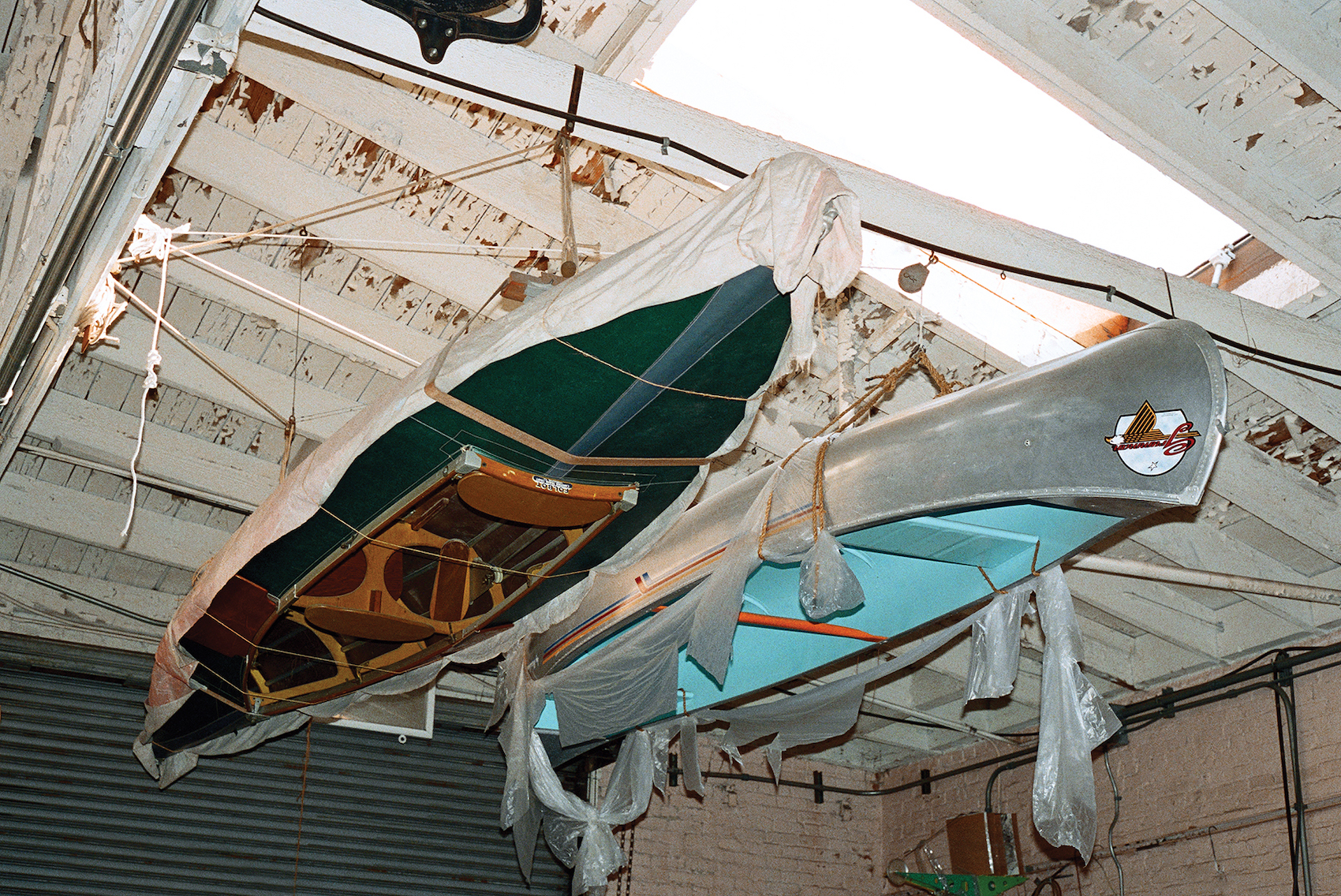
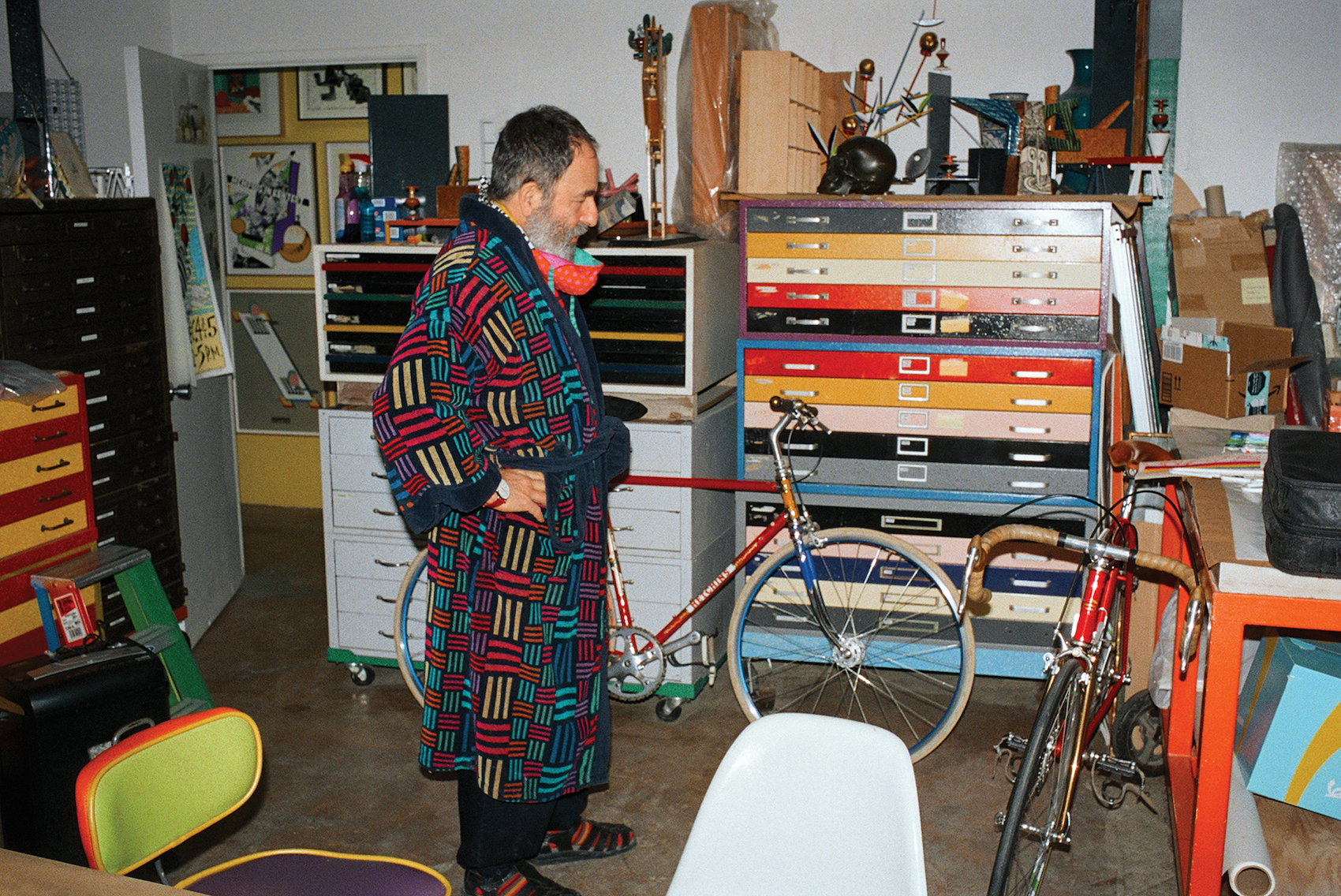
Building on a body of work consisting of many mediums— such as ceramics (notably his bright, abstract teapots, a twist on Art Deco meets Art Nouveau), to furniture and architecture, Shire has been honored with many awards and opportunities to contribute back to his home state of California as one of its most dedicated creatives. Shire took me around his workplace, as I teetered behind him with espresso brimming the edge of one of his own ceramic creations. He’s had a space in this neighborhood, where he was raised, for nearly fifty years. Each detail— from the rainbow colored kilns, to the angular handles on each neon drawer in the archival rooms, I began to understand, matched the artists’ personality quite perfectly. Each eccentricity, of which there were many, bounced off the walls as we dug through Shire’s collection of collector’s Disney watches, maps of the city, rows and rows of teapots. figures who have become monoliths. Michael Jordan, Tiger Woods, Britney Spears—to a certain extent, they no longer control their own identity to the public. That’s really, really fascinating to me. I say that I want to be an art star, and I want the things that the public perceives to be good to come along with celebrity. In art terms, it would be showing at blue chip galleries, being held in renowned public and private collections, museum exhibitions, being able to make literally whatever you want. But there’s the flip side of that: you live long enough to be a hero, you can also become the villain. Everyone has a microscope on you. I say I want it all, but I guess we’ll see when the time comes.
AZ — I don’t love the way this will sound, as I try to avoid “perennial” interview questions, but I am fascinated to hear your take on your work being fine art versus utilitarian? Where do you think it falls?
PS — That’s a big question.
AZ — It is a big question.
PS — We were joking about that last night. So we might as well keep it going. We seem to gain sort of protective answers to things like that. Let’s face it. The stuff is extreme. That’s what it’s about. I love really cool pieces, I mean, the Eames is what’s great, right? When you start talking about pieces like that— I’m struggling with this, to make it simple. I don’t even have to make it simple. These things come out of an era being a Baby Boomer, an adolescent of the 60s, are imperative— our economic surroundings were much different. We were coming out of the Second World War in the 50’s, and people will get all nostalgic about the 50’s and drive in’s and hot rods and teenagers in hoop skirts and poodle skirts. But really, it was very bland and and very repressive. We had an economic boom, nonparallel, and a middle class that developed, and that’s who we were. This group of people that in a funny way, didn’t exist before. Yeah. We were given the idea that we had rights and needed to be listened to, and created these ideals of liberation. We had a sexual revolution of sorts that came from ubiquitous birth control. Freedom is a dangerous word because nobody knows what the fuck that means. But anyhow. I see people now, going slick again, like the formal 50s. It was formal, skinny ties, and then it went into the 60’s, hippies ties, where longer hair became more romantic and more flamboyant, and as the 80s came around they found rayon. You know what a great underestimated movie is? Saturday Night Fever. Great movie. Aspirational.
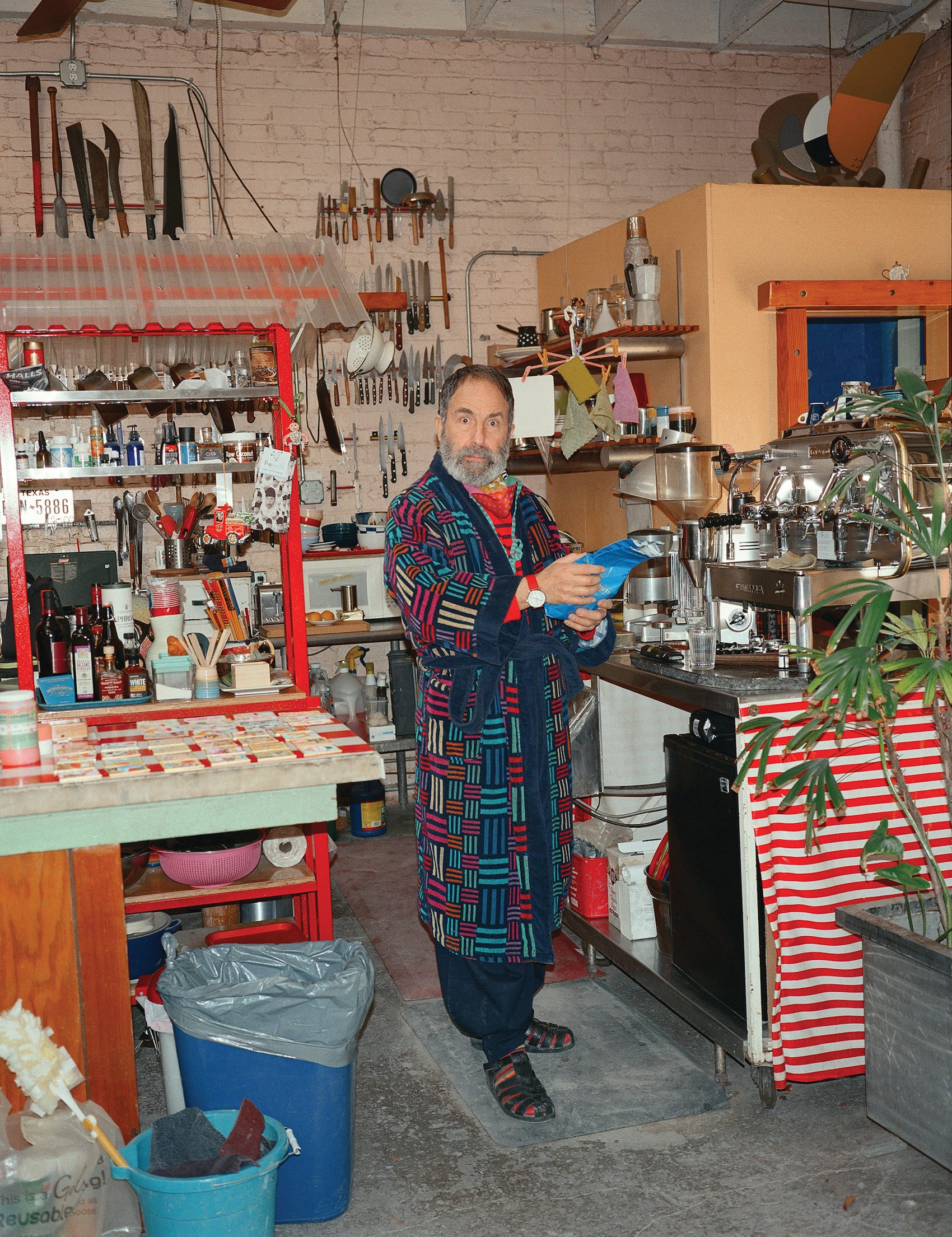
The diversity in Shire’s interests is well suited to his multifaceted, multimedia work over time, which he has shown at an immensely long and impressive list of galleries across the globe. Shire rejects labels, his position in the art world being self-described as “mobile”, approaching utilitarian arts like ceramics, furniture and toy making rather than the core “fine arts”, but applying the highest quality classical craftsmanship. Every reference Shire interprets, from Bauhaus to Art Nouveau to Futurism, he does so in his own very distinct narrative. Glancing around his studio, he pointed out to me the pink tones used on some of the new work. Against the ceramics’ angular shapes, the pink was a play on the traditional Bauhaus red, blue, yellow palate. I wouldn’t say his work is outright sarcastic, but there is a respectful, thoughtful levity that translates through everything Shire does. And this is the unique narrative that has roped the artist into much of the postmodern critical debate that arises in the art world. And not unlike his pieces, Shire, in person, was full of levity— and full of facts. It was a perfect pairing, to wander around the workshop while he gave me a wild oral history of LA, which somehow seemed better suited to the story of him and his work than Memphis history or the famed teapots themselves.
AZ — Do you feel like using mediums that are maybe historically more utilitarian, while making objects that are more eccentric aesthetically was your a reaction to all of that, that idea of liberation?
PS — Obviously, that’s part of it. The thing that we that we’re driving at, that I’m thinking about these days, is that there was a period which is still holding over in many ways, where the middle class became convercent in the art world. They became somehow, if not interested, semi- included, and became a new market if you will. I used to joke with myself because I’d go to these various cities and they take me there visit some of the people that bought things, they all seem to do red, yellow, blue. We would like to call them the red, yellow blue collectors. These were lawyers and doctors and middle class people that were buying art. This is what they understood. It’s interesting. Art is an old story, but it’s a social signifier as much as everything else. And having it, you know, comes with prestige, but why? One of the dealers once told me— and that’s an interesting thing, to call them like drug dealers— said, “We always look for the A type person and get them to buy one first, and everyone else will want one.”
AZ — That’s kind of infuriating, in a vague way. But it makes sense. A necessary evil?
PS — It’s an interesting endeavor, financially. And you know, you’re a small business person to the state of California and the federal government. I’m a small business person, I got all my licenses, they come and check my sewer for pollution and all that kind of stuff. The paperwork is daunting. We’ve got this thing to support and the billing and the cost of things becomes very funny, you know, sometimes it’s on a multiplier of prestige, which we attribute intrinsic value of some sort, which is, which is a polite way of saying prestige and status. And the question always is, if the city was enveloped in soot, like Vesuvius and Pompeii, and everything was perfect, and they dug it up centuries later, how would they read it? Would they choose to look at this, or not look at that.
AZ — That’s a really interesting perspective to have on this matter, very philosophical.
PS — Social anthropology. They probably would put it all together, but it would be much more revealing, much less diversion and diverting. “This is a rich neighborhood, they got this kind of funny thing here, a big old table. And this is what they must do.” My joke is that virtually every house has Mickey Mouse in it. And people that think they don’t would be surprised.
